University of Delaware
Department of Physics and Astronomy
Biden School of Public Policy and Administration
Data Science Institute
Rubin Legacy Survey of Space and Time
Deputy Project Scientist, Rubin Construction
Interim Head of Science, Rubin Operations
Federica B. Bianco
(she/her)
This is a living land acknowledgement developed in consultation with tribal leadership of Poutaxet, what is now known as the “Delaware Bay,” including: the Lenape Indian Tribe of Delaware, the Nanticoke Indian Tribe, and the Nanticoke Lenni-Lenape Tribal Nation in 2021. We thank these leaders for their generosity.


The University of Delaware occupies lands vital to the web of life for Lenni Lenape and Nanticoke, who share their ancestry, history, and future in this region. UD has financially benefited from this regional occupation as well as from Indigenous territories that were expropriated through the United States land grant system. European colonizers and later the United States forced Nanticoke and Lenni Lenape westward and northward, where they formed nations in present-day Oklahoma, Wisconsin, and Ontario, Canada. Others never left their homelands or returned from exile when they could. We express our appreciation for ongoing Indigenous stewardship of the ecologies and traditions of this region. While the harms to Indigenous people and their homelands are beyond repair, we commit to building right relationships going forward by collaborating with tribal leadership on actionable institutional steps.
Rubin Observatory
Site: Cerro Pachon, Chile
Funding: US NSF + DOE
Status: final phases of construction - completion expected 2023

@fedhere
September 2016

@fedhere
Fabruary 2020

@fedhere
May 2022

@fedhere
November 2022
Vera C. Rubin Observatory:
May 2022 - Telescope Mount Assembly
The DOE LSST Camera - 3.2 Gigapixel
Camera and Cryostat integration completed at SLAC in May,
Shutter and filter auto-changer integrated into camera body
3024 science raft amplifier channels, only 3 are substandard.
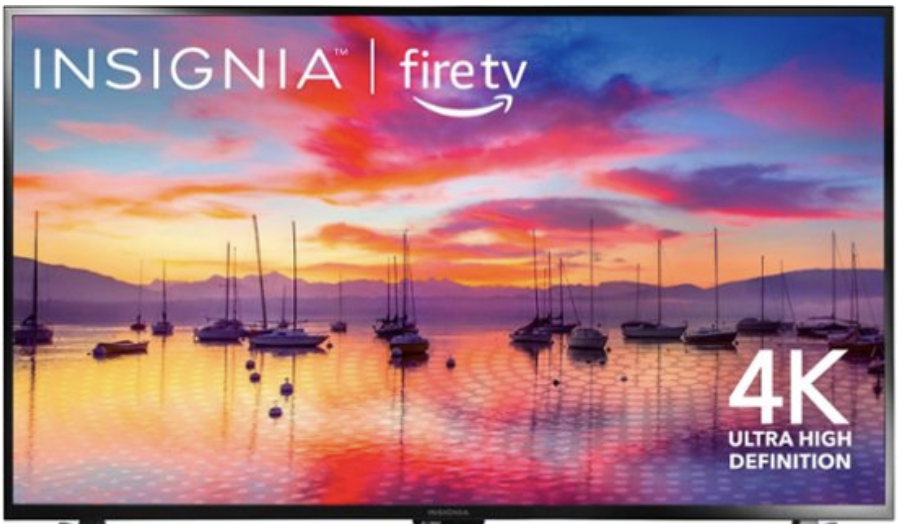
400 4K HD TVs











































































































































































































































































































































































































































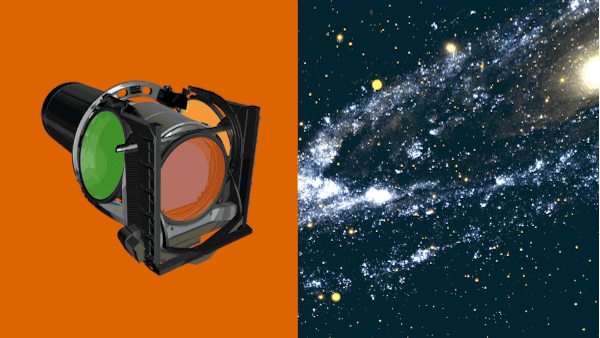
u g r i z y

UV
N I R
what's in a name?

The first ground-based national US observatory named after a woman, Dr. Vera C. Rubin
In the first 10 years of its life Rubin will conduct the Legacy Survey of Space and Time or LSST
federica bianco - fbianco@udel.edu

@fedhere

Cosmology in the LSST era: the DARK sector

LSST Science Drivers
Probing Dark Energy and Dark Matter


image credit ESO-Gaia
LSST Science Drivers
Mapping the Milky Way and Local Volume
via resolved stellar population

An unprecedented inventory of the Solar System from threatening NEO to the distant Oort Cloud

LSST Science Drivers
LSST Science Drivers
image credit: ESA-Justyn R. Maund
Exploring the Transients and Variable Universe
10M alerts every night shared with the world
60 seconds after observation
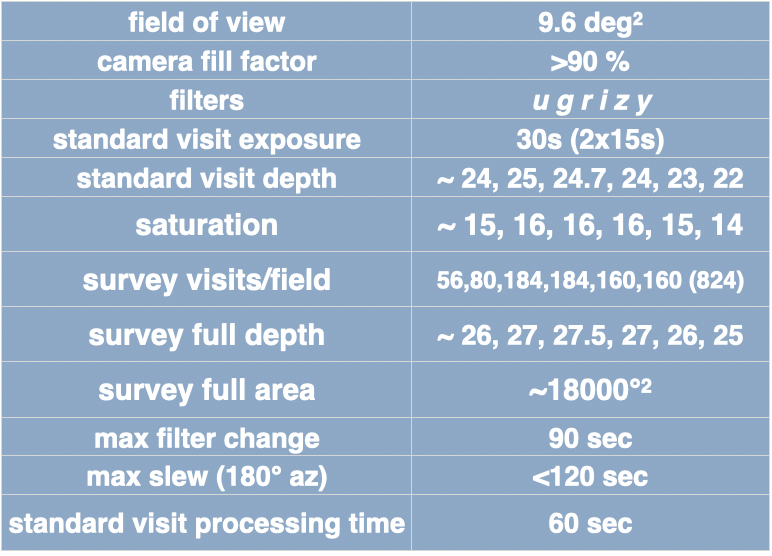
single image depth ~24
10-year stack image depth ~26
image resolution 0.2'' (seeing limited)
18,000 sq degrees
839 images over 10 years in 6 filters
2-3 images per night
each fields reobserved within ~days
5 fields observed to higher cadence and more images
survey specification
~25.9, 26.8, 26.8, 26.3, 25.6, 24.8
~56, 74, 184, 187, 166, 171



cepheid


circa 1900
cepheid

Survey
design
what do we mean when we say survey cadence??


Rubin LSST survey design
distributions of time gaps
in 76 LSST simulations (2018)
Rubin LSST survey design

Li et al. 2021
Rubin LSST survey design
Bianco et al. 2021
Because the Rubin LSST data is open to all US scientists and to a broader yet community worldwide, to truly make it a survey of and for and of the people, Rubin Observatory called the community to design its survey -
this is a uniquely "democratic" process!
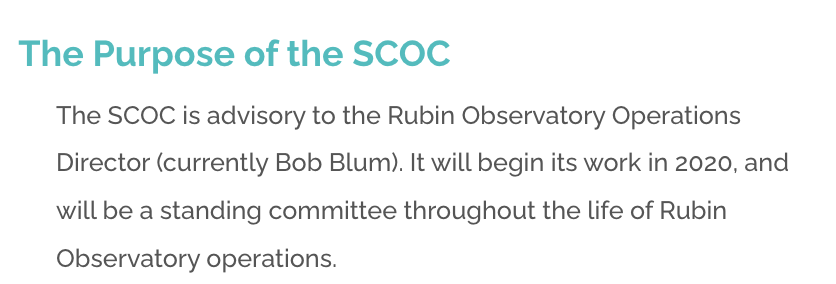
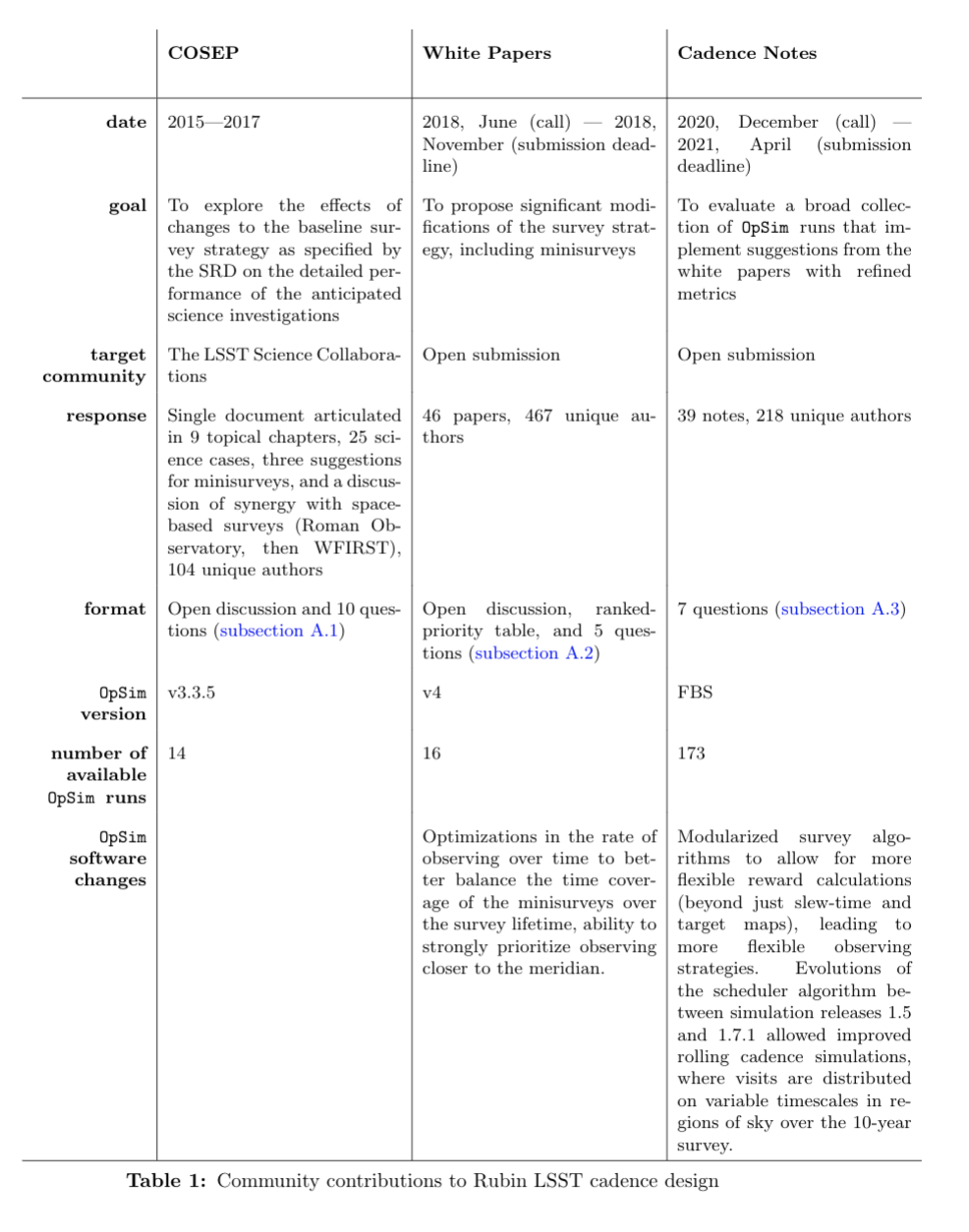
single document
9 chapters
25 science cases
14
46 papers
467 unique authors
16
39 notes
218 unique authors
173
date
response
available simulations
(OpSim)
2015-17
2018
2021
Rubin LSST survey design
2015-17
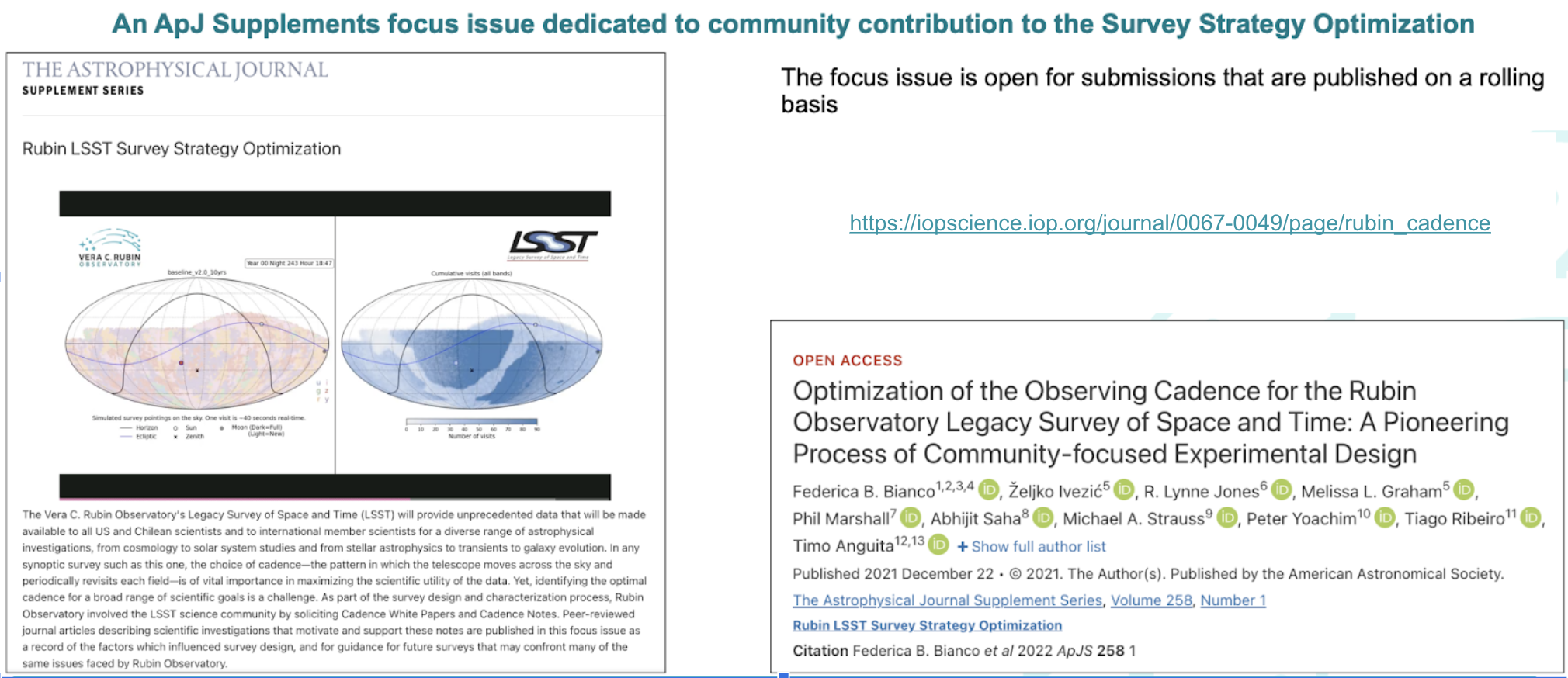
The call for cadence white papers generated an unprecedentedly collaborative process that lead to 46 white papers in 2018
Currently 12 have been turned into peer review work
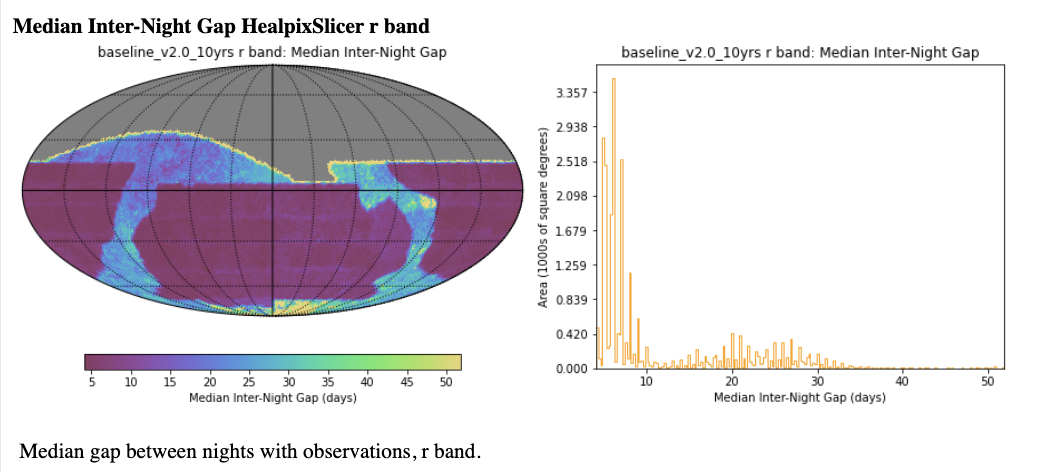
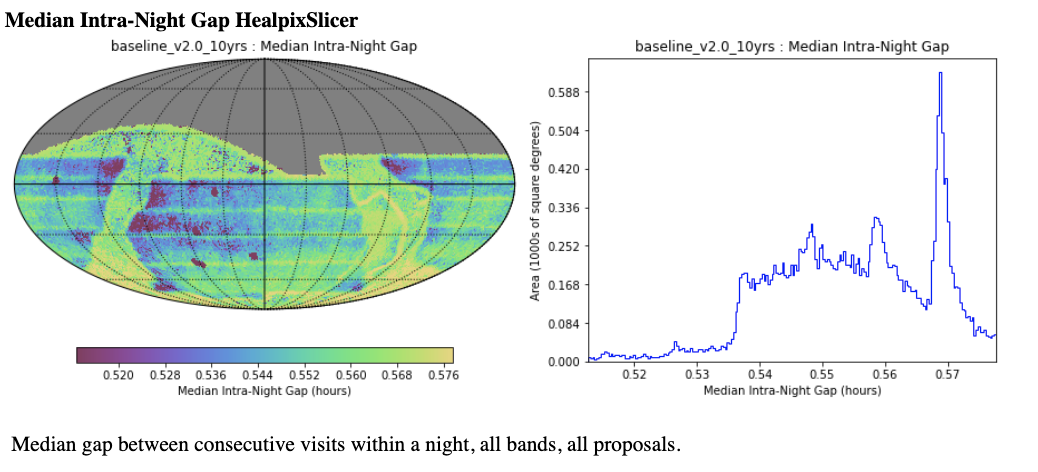
0.576
0.52
intranight gap
hours
15
internight gap
days
15
3
median internight gap
days
50
5
median internight gap
days
any filter
r band
current survey specifications
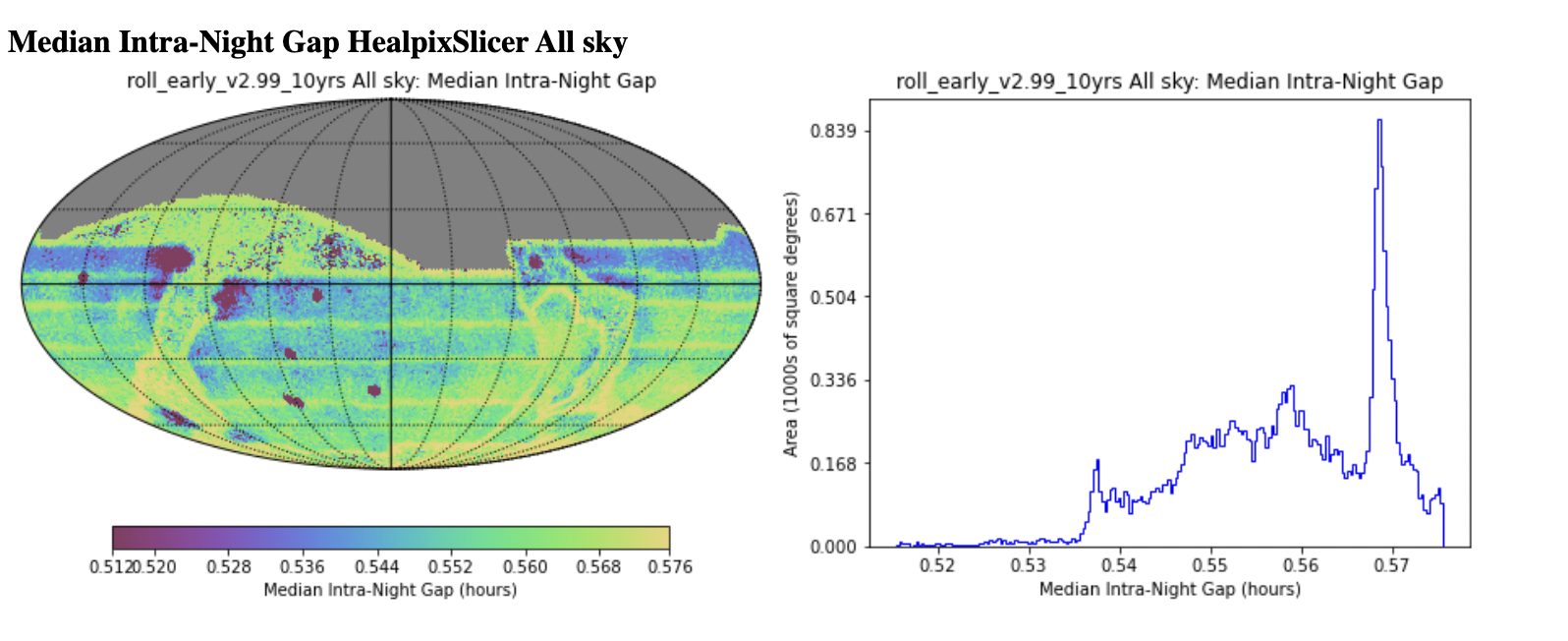

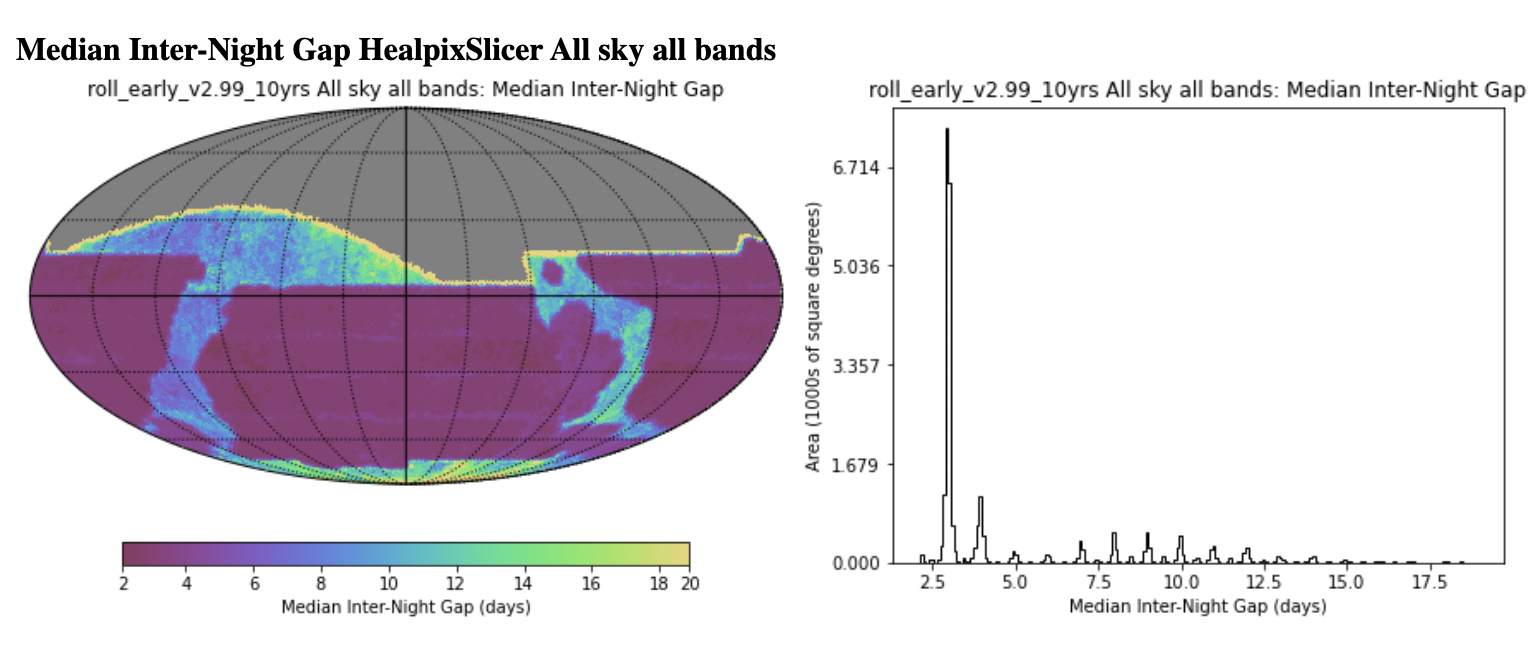


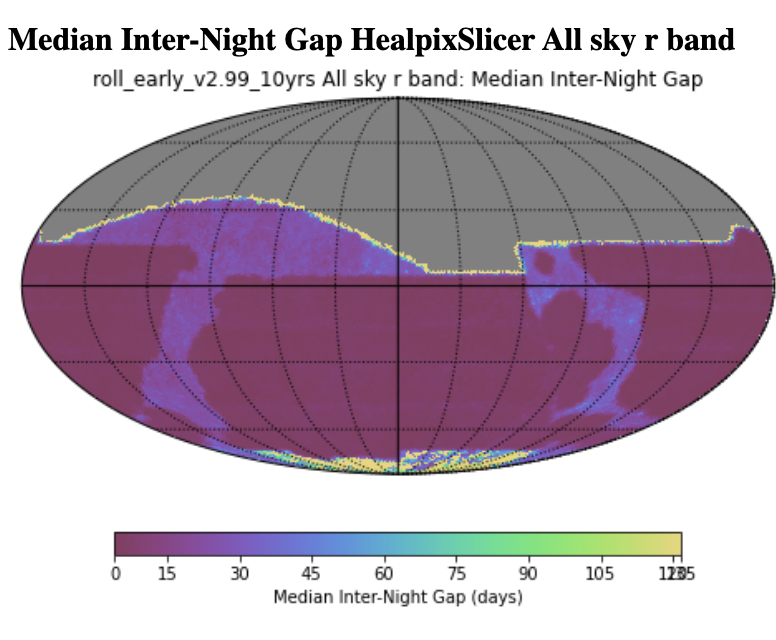

26.9
28.1
coadd 5σ depth
survey specifications
(current baseline)
source http://astro-lsst-01.astro.washington.edu:8080/?runId=2

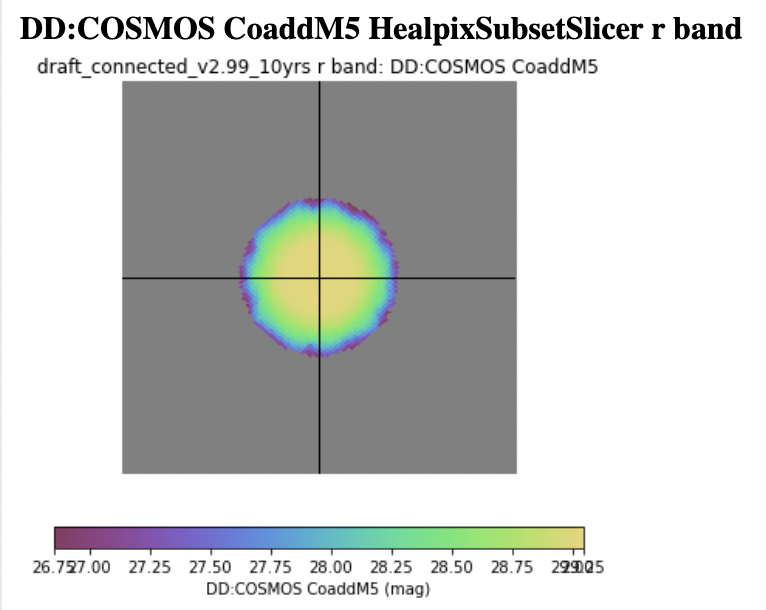
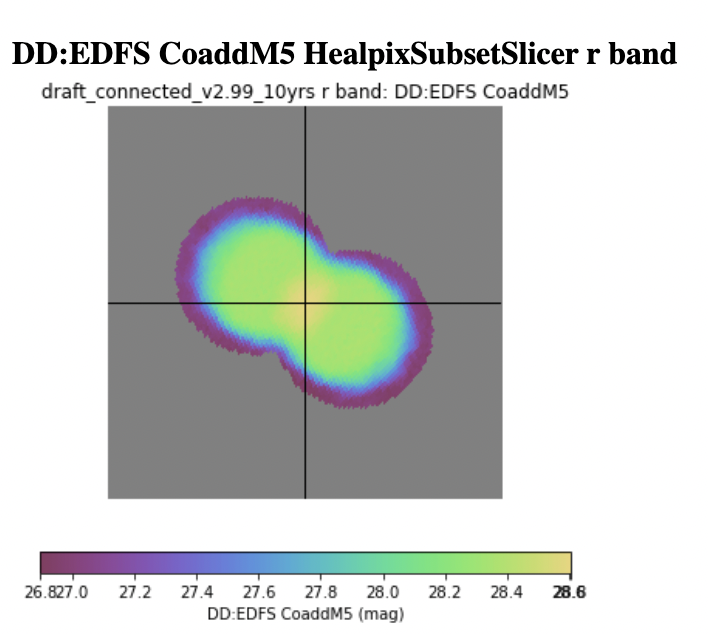
26.8
29.05
28.6
26.8
survey specifications
(current baseline)



26.8
29.05
28.6
26.8
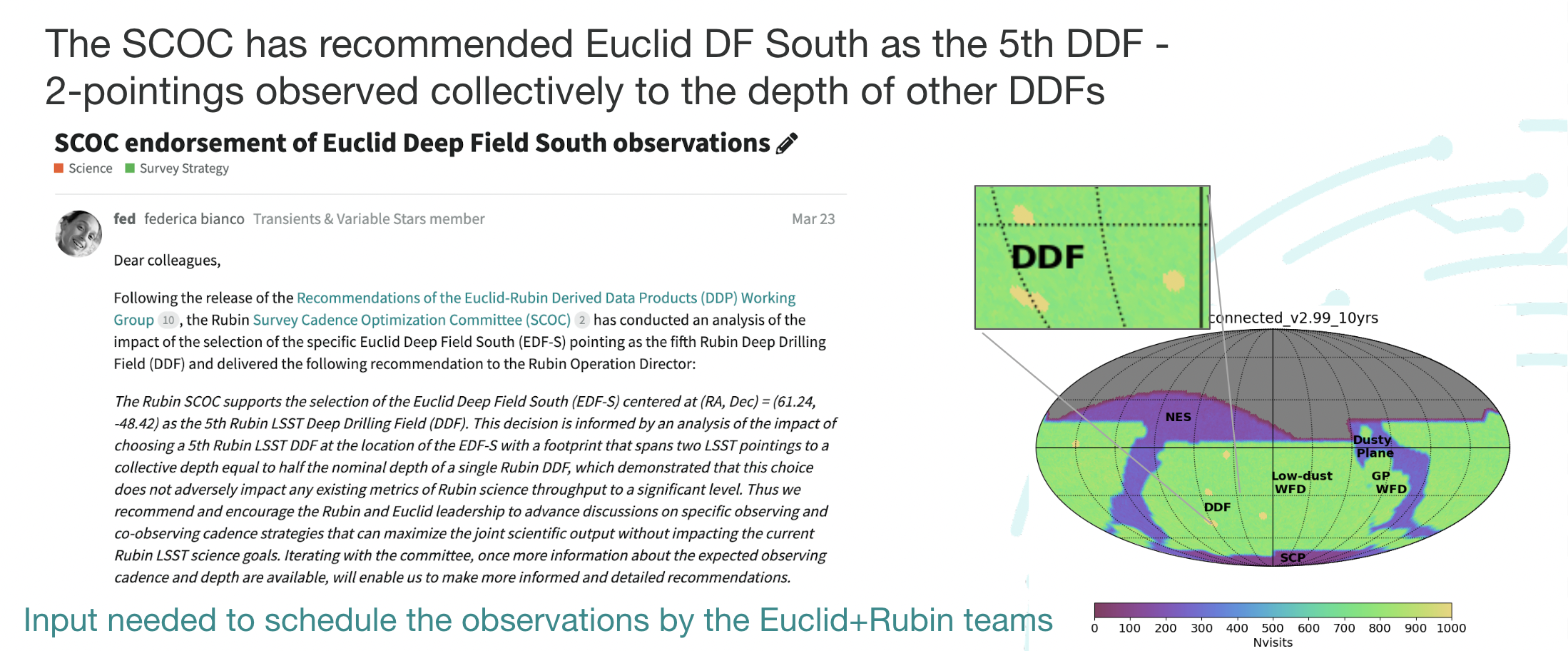

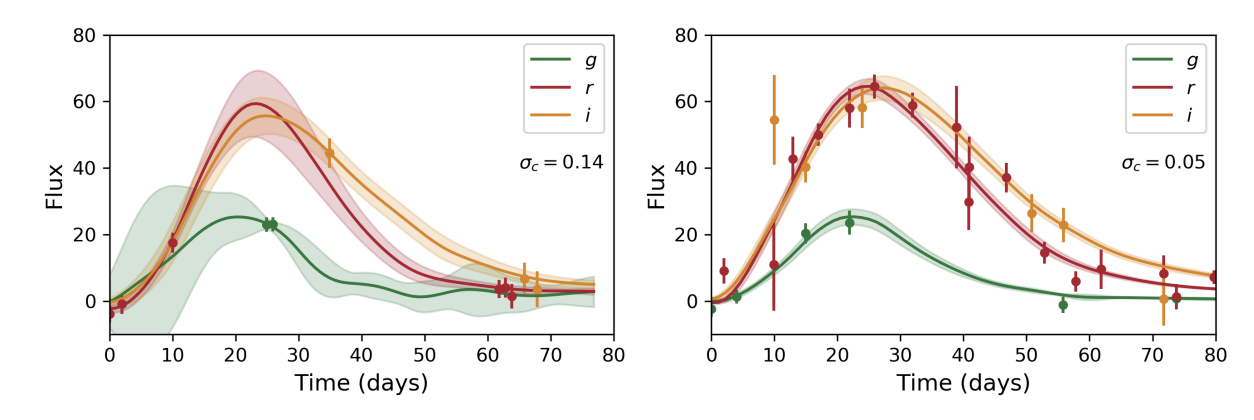
Lochner et al 2018
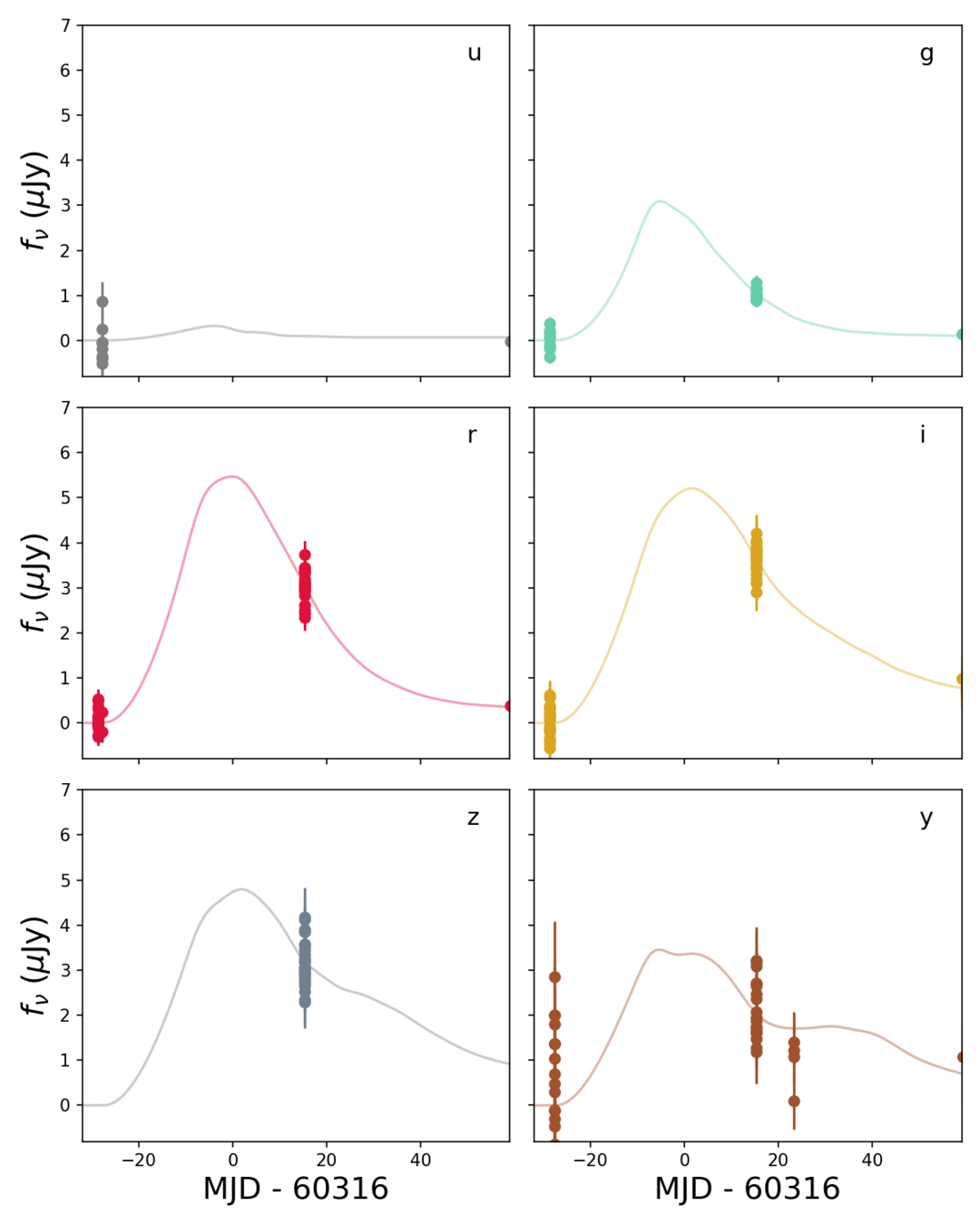
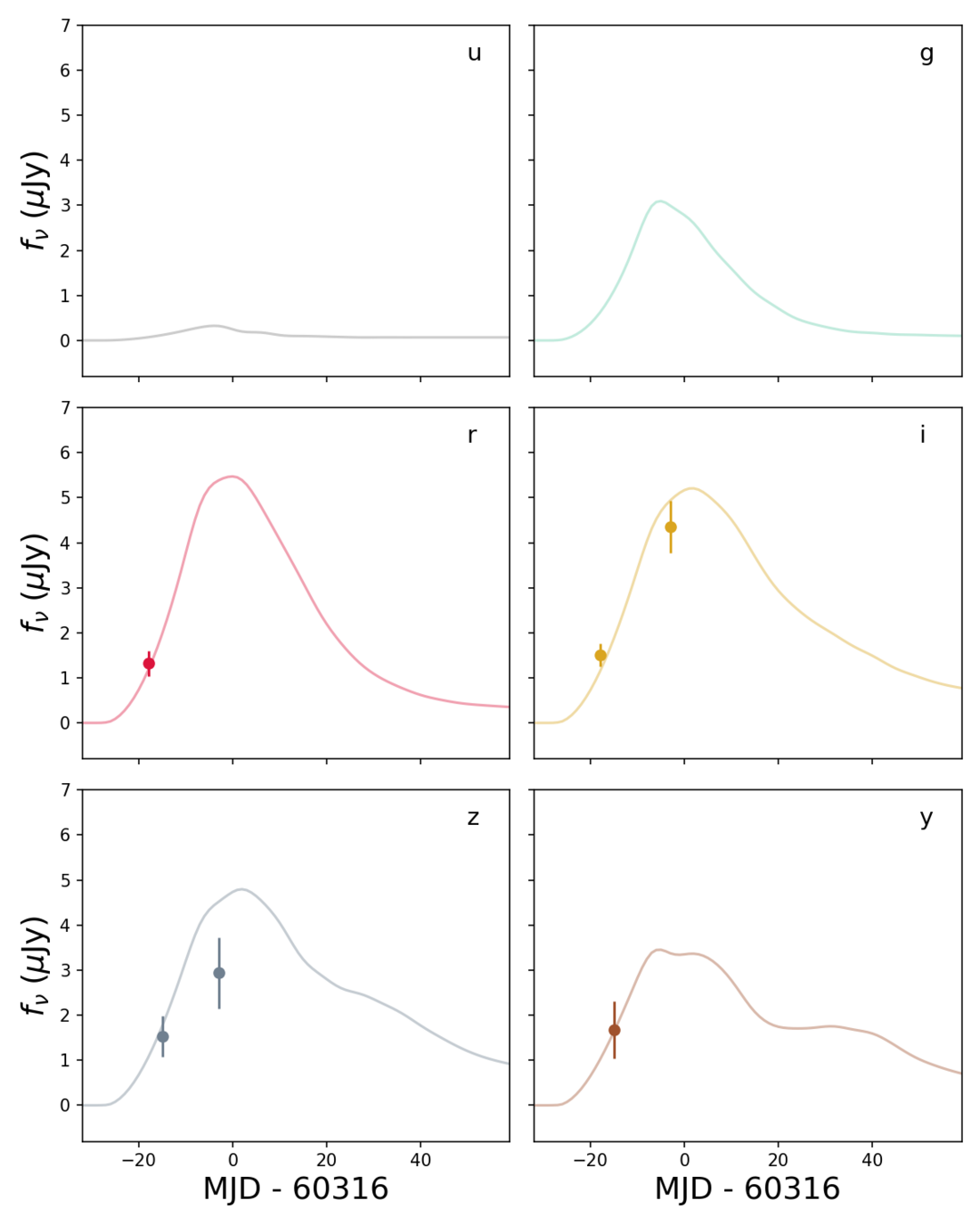


Research Inclusion: sonification of LSST lightcurves
Rubin Rhapsodies


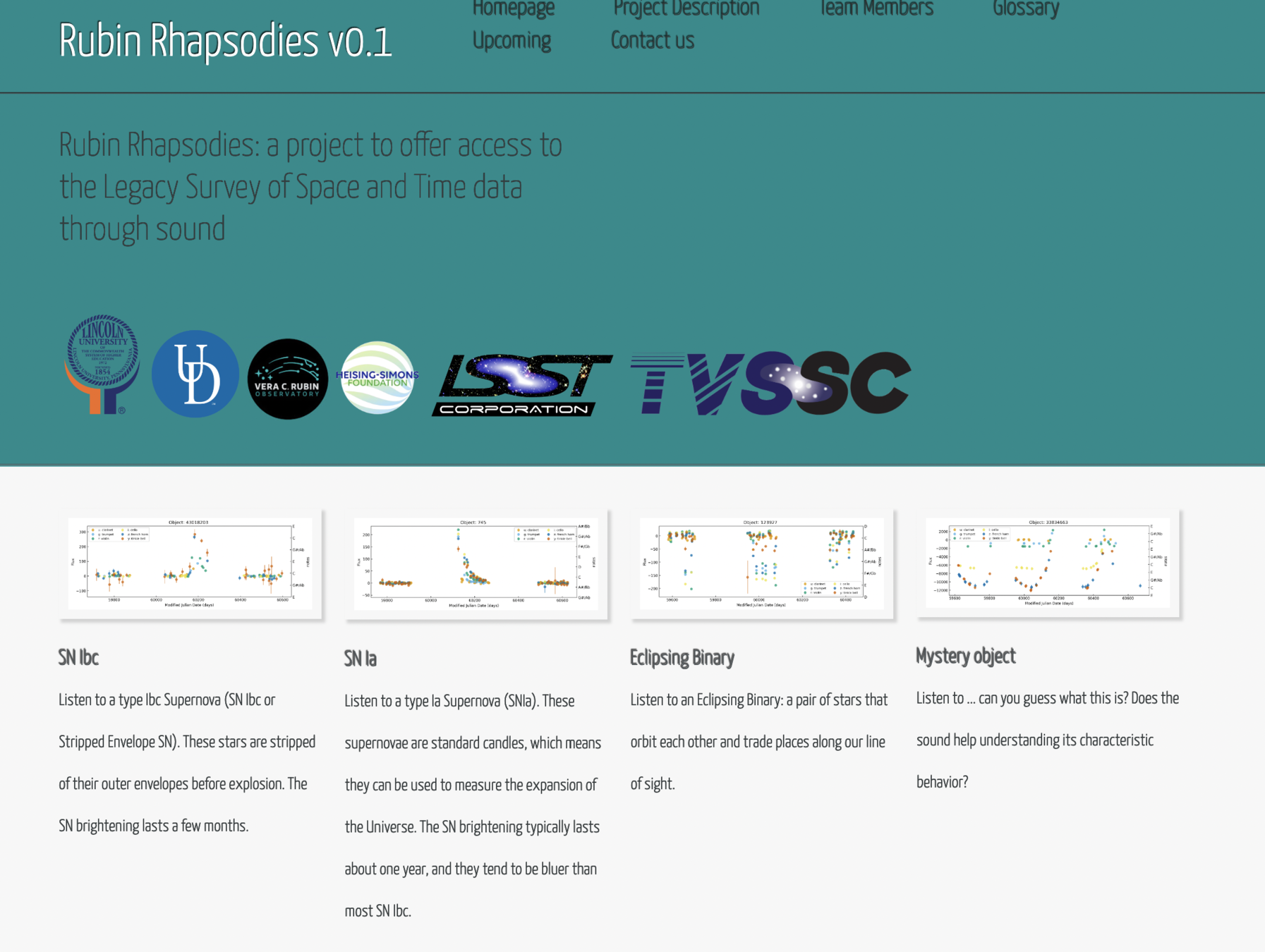
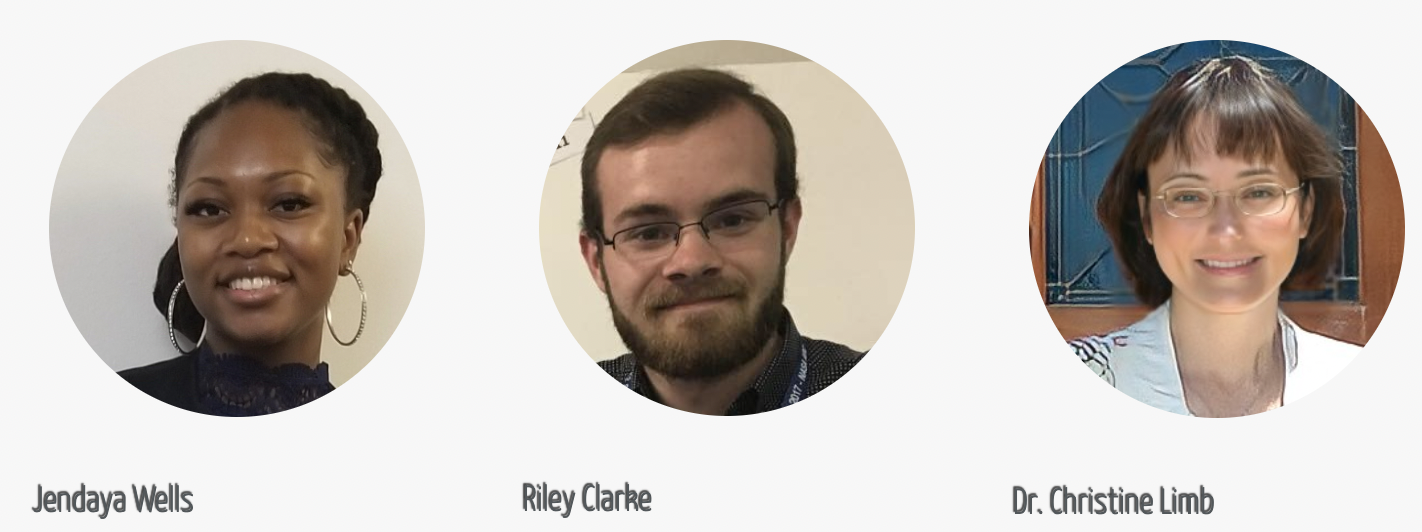

thank you!
University of Delaware
Department of Physics and Astronomy
Biden School of Public Policy and Administration
Data Science Institute

@fedhere
federica bianco
fbianco@udel.edu
Data Products

federica bianco - fbianco@udel.edu

@fedhere
world public!

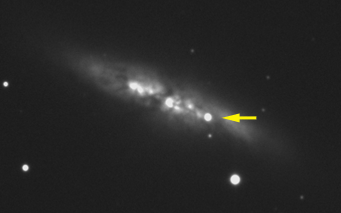
federica bianco - fbianco@udel.edu
world public
data right holders




Astronomy meets Data Science
federica bianco - fbianco@udel.edu

@fedhere
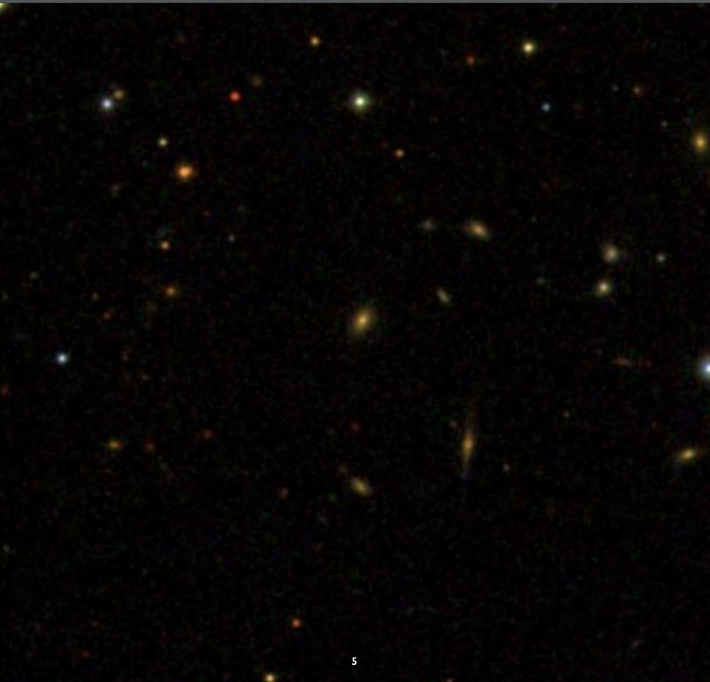
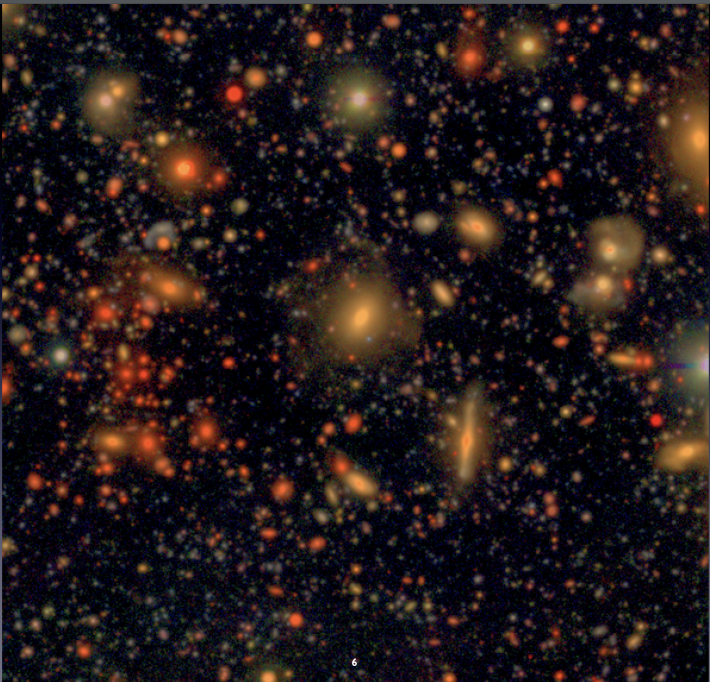
At this level of precision,everything is variable, everything is blended, everything is moving.
| u,g,r,i,z,y | |
|---|---|
| Photometric precision Photometric accuracy Astrometric precision Astrometric accuracy # visits |
5 mmag 10 mmag 10 mas 50 mas 56, 80, 184, 184, 160, 160 |
SDSS
LSST
http://faculty.washington.edu/ivezic/talks/NASAseminar.pdf
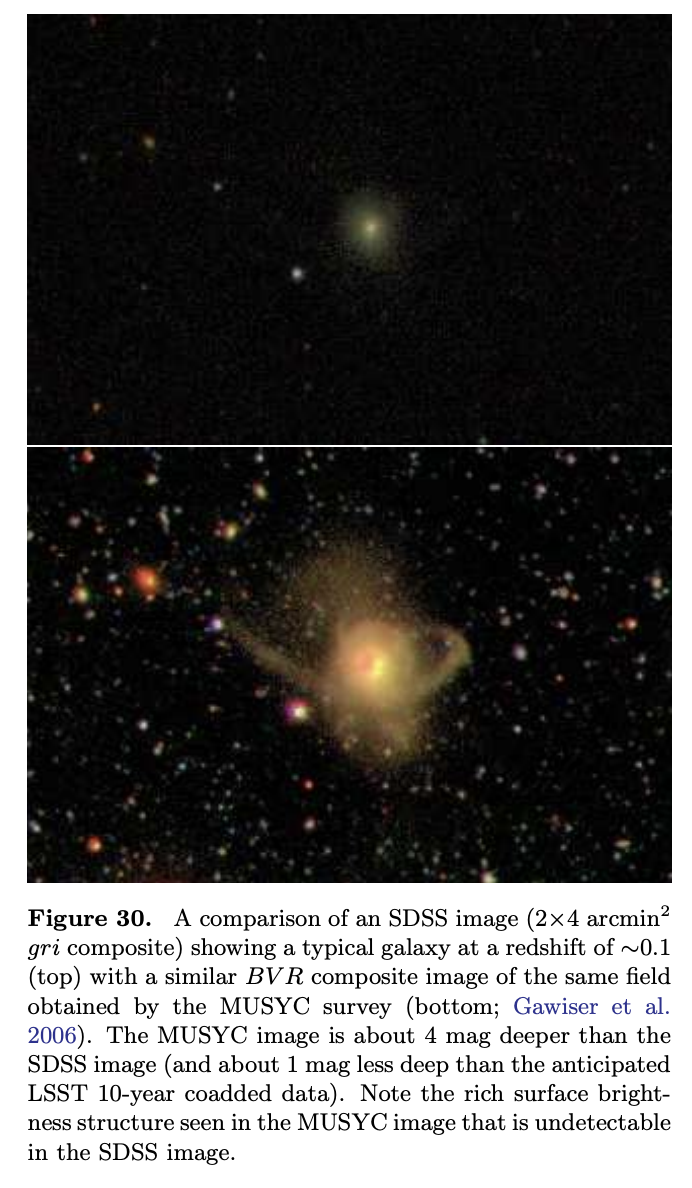

SDSS 2x4 arcmin sq griz
MYSUC (Gawiser 2014) 1 mag shallower than LSST coadds
federica bianco - fbianco@udel.edu
At this level of precision,everything is variable, everything is blended, everything is moving.
| u,g,r,i,z,y | |
|---|---|
| Photometric precision Photometric accuracy Astrometric precision Astrometric accuracy # visits |
5 mmag 10 mmag 10 mas 50 mas 56, 80, 184, 184, 160, 160 |
http://faculty.washington.edu/ivezic/talks/NASAseminar.pdf

@fedhere
Rubin will see ~1000 SN every night!

A lot of them will be too faint to study with traditional means, particularly spectra.
Lots of emphasis in new analysis techniques that rely on "Big Data"


Rubin Observatory LSST
Rubin and MMA
Rubin Observatory LSST
federica bianco - fbianco@udel.edu

@fedhere

LIGO/VIRGO area of localization ~100deg square
Ursa Minor contains 255.86 square degrees
S190425z 18% of the sky localization
Rubin Observatory LSST
federica bianco - fbianco@udel.edu

@fedhere
Rubin can find the electromagnetic counterpart of Gravitational Wave and Neutrino discoveries better than any survey!


LIGO/VIRGO area of localization ~100deg square
Ursa Minor contains 255.86 square degrees
Rubin FoV 10 deg
S190425z 18% of the sky localization
Rubin Observatory LSST
federica bianco - fbianco@udel.edu

@fedhere

AT 2017gfo
optical counterpart we have identified near NGC 4993 is associated with GW170817
https://iopscience.iop.org/article/10.3847/2041-8213/aa9059 M. Soares-Santos+2017
(but also Abbott+2017, Drout+2017...... )
Evidence that mergers of NS are significant sources of r-process elements heavier than iron, including gold and platinum, which was previously attributed exclusively to supernova explosions

@fedhere
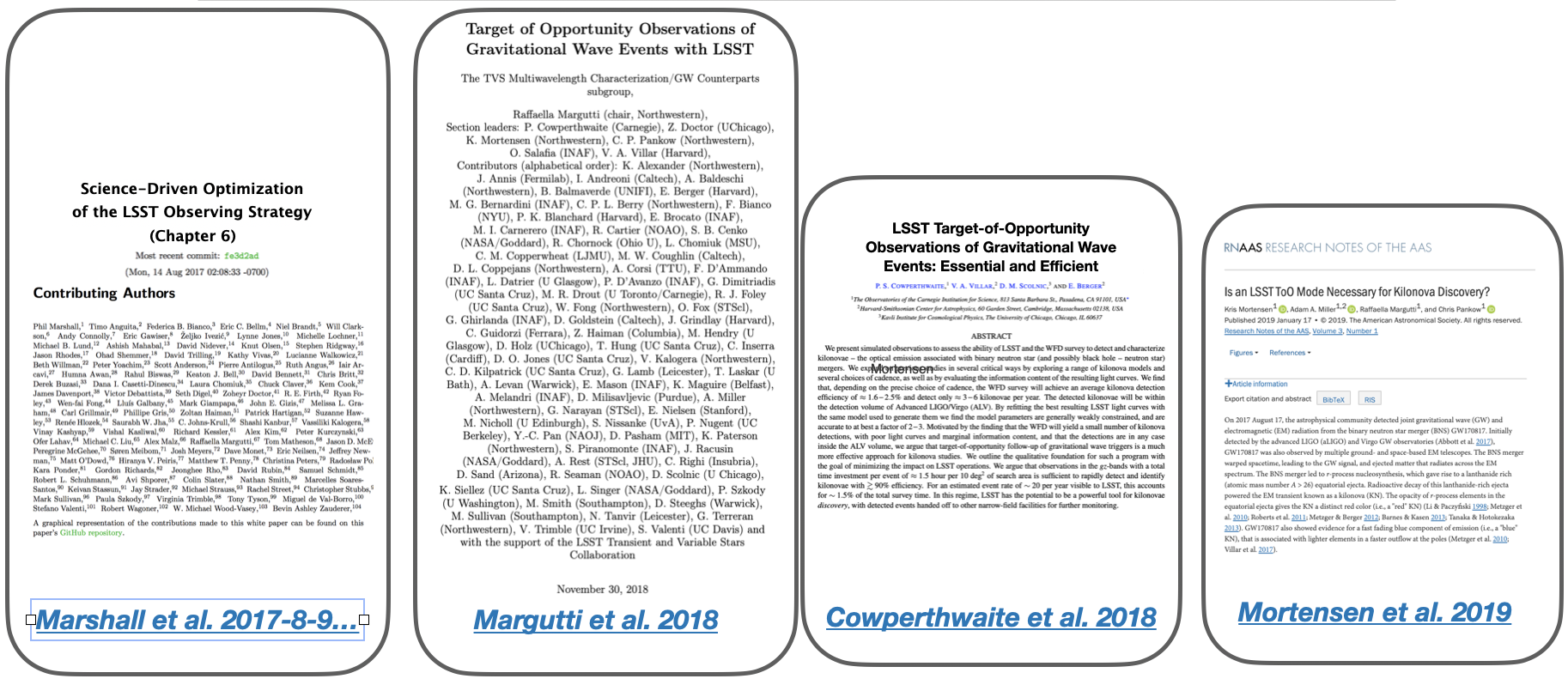

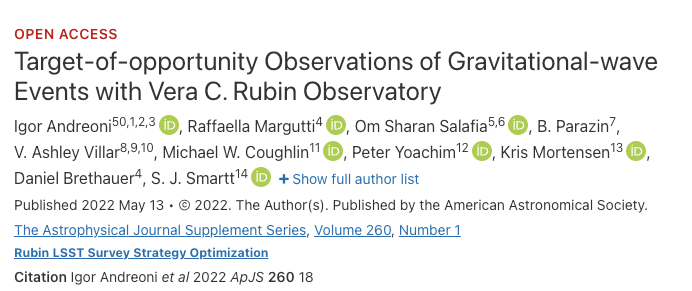
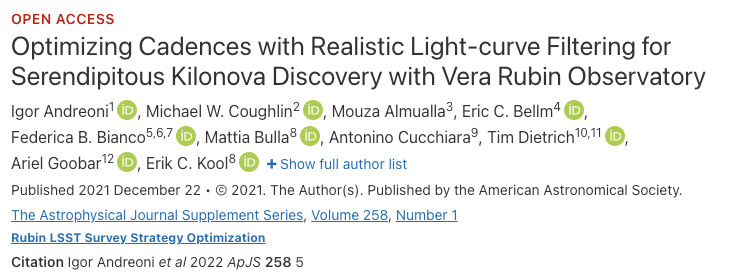
Rubin Observatory LSST
federica bianco - fbianco@udel.edu

@fedhere
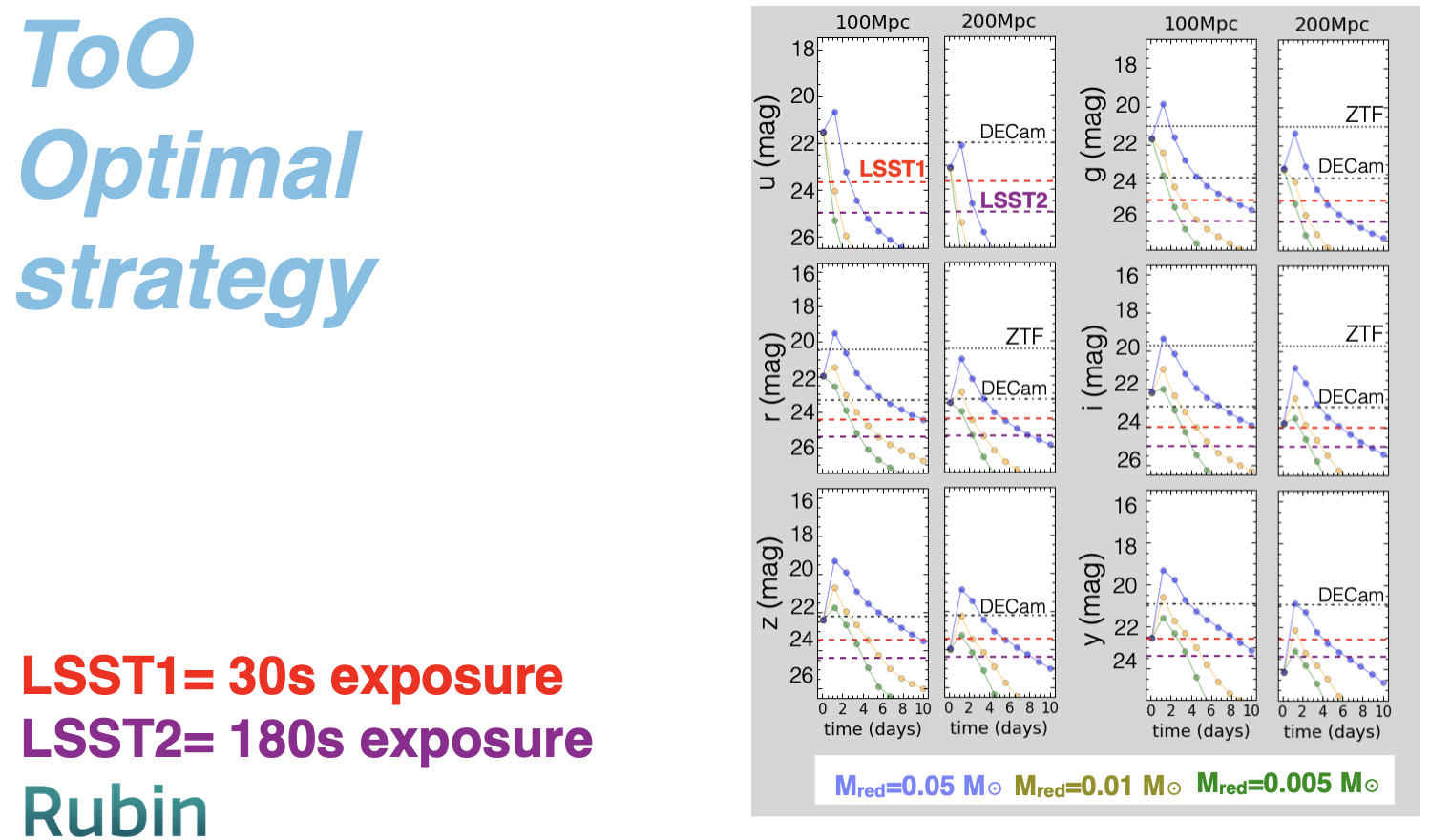
Margutti+2018
Andreoni+ 2022
Rubin Observatory LSST
federica bianco - fbianco@udel.edu

@fedhere
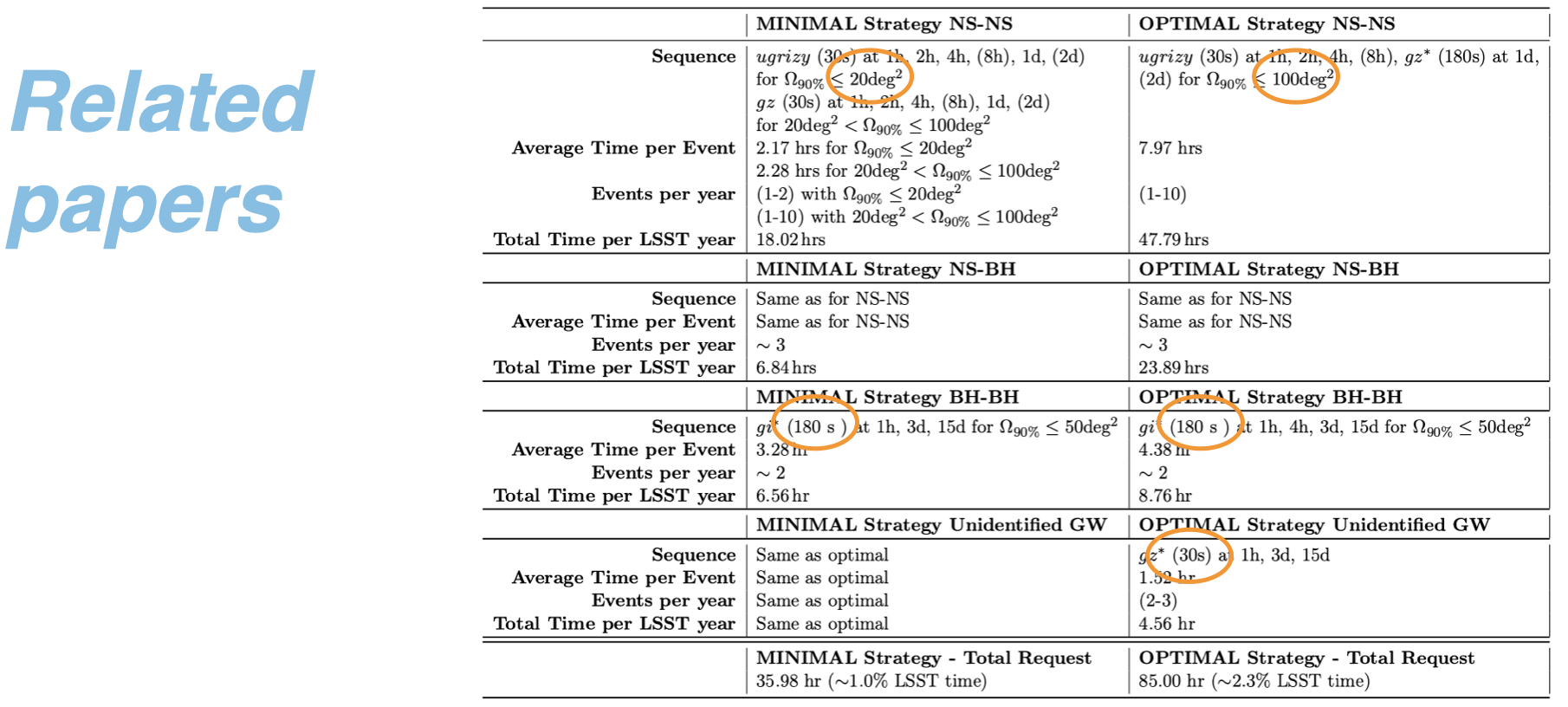
Margutti+2018
Andreoni+ 2022
Rubin Observatory LSST
federica bianco - fbianco@udel.edu

@fedhere
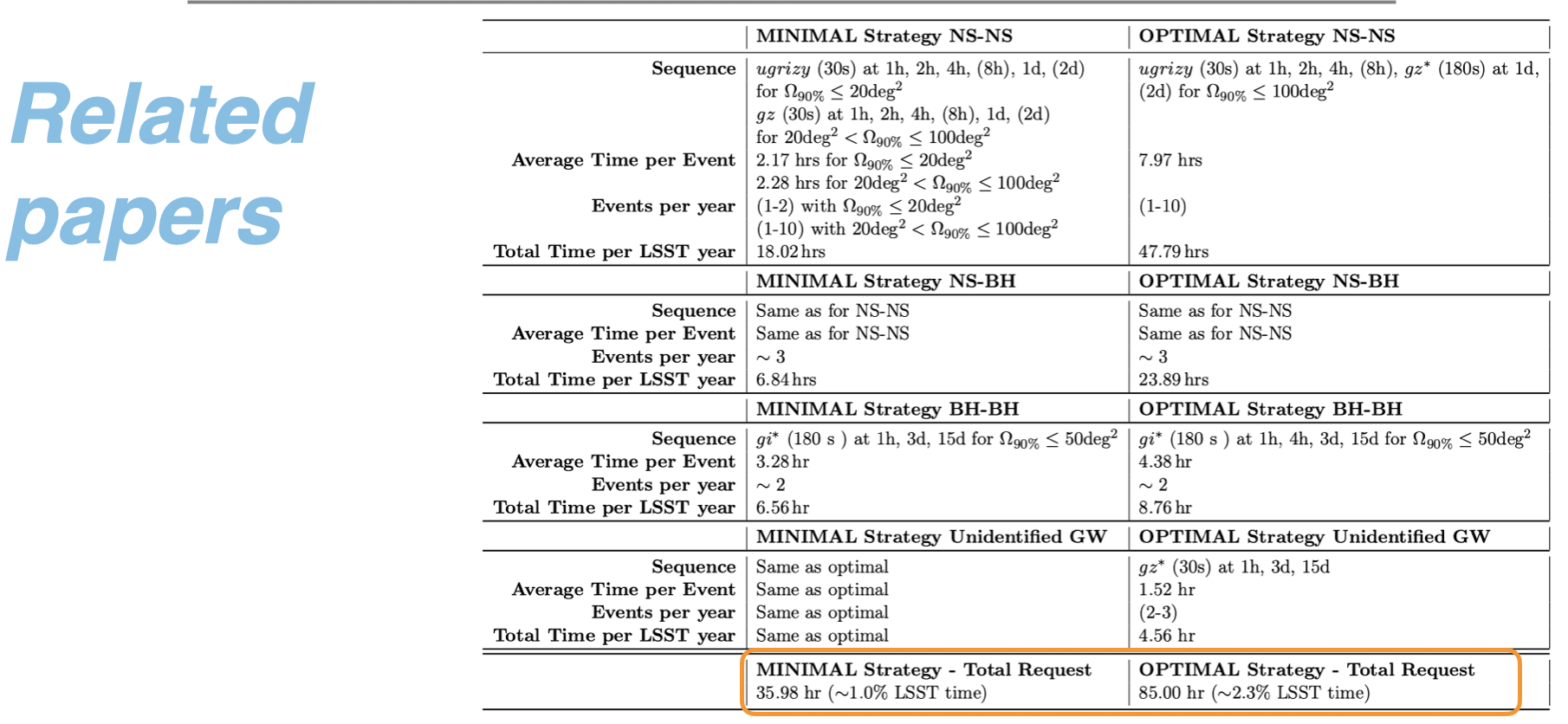
Margutti+2018
Andreoni+ 2022
We study rare and unusual transients with machine learning and probabilistic inference
Rubin LSST
Leading the Rubin LSST army of volunteers
FASTLab projects in data-driven astrophysics
At the intersection of astrophysics and Public Policy: From Light Echoes to Pollution Plumes
Data skills for good: COVID response support in Delaware
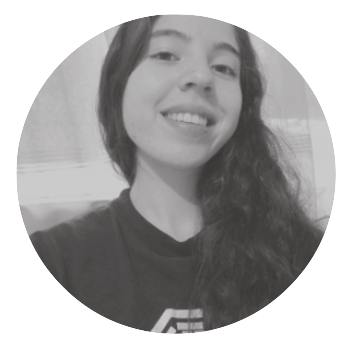
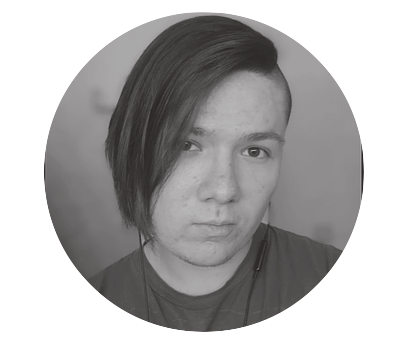
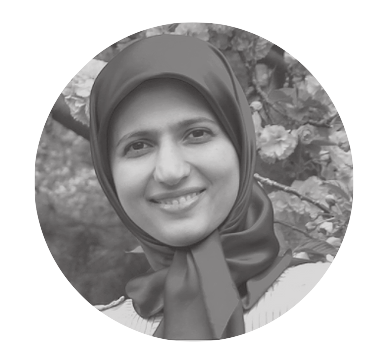
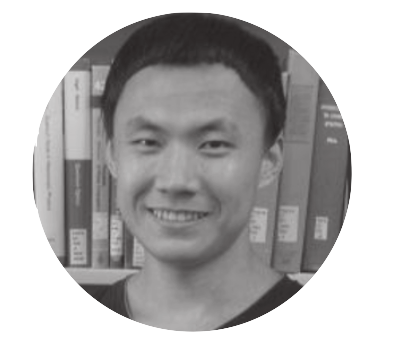

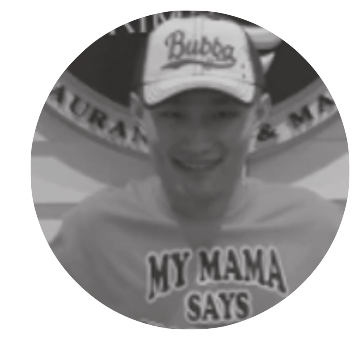

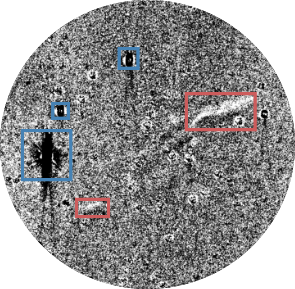
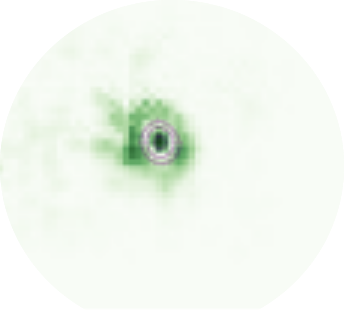
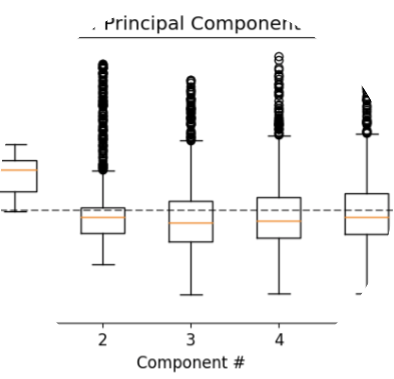
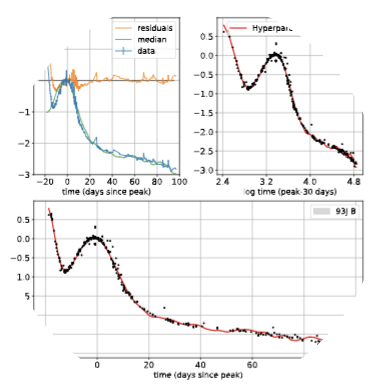
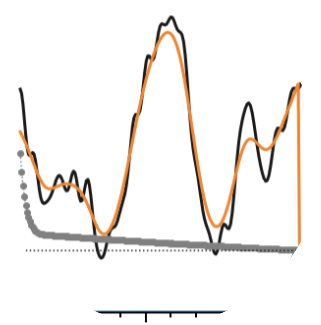
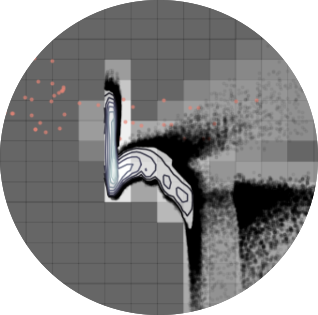
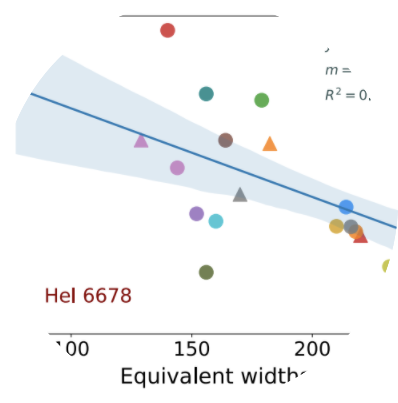
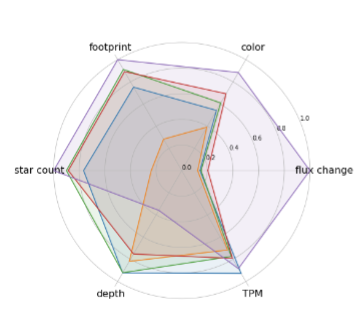
Time domain astrophysics at a glance
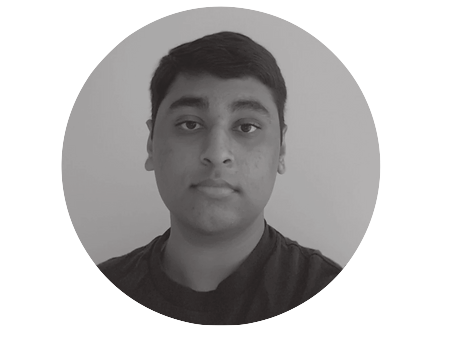

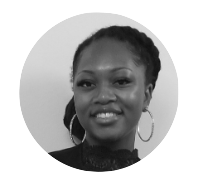
Multi-city Urban Observatory Network

Studying cities as complex systems through imaging data
Multi-city Urban Observatory Network
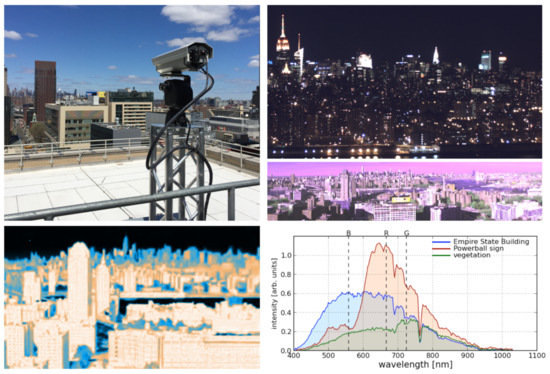

Studying cities as complex systems through imaging data
- energy demand and consumption
- ecology of flora and fauna
- urban metabolism
- circadiem rhythms
Multi-city Urban Observatory Network


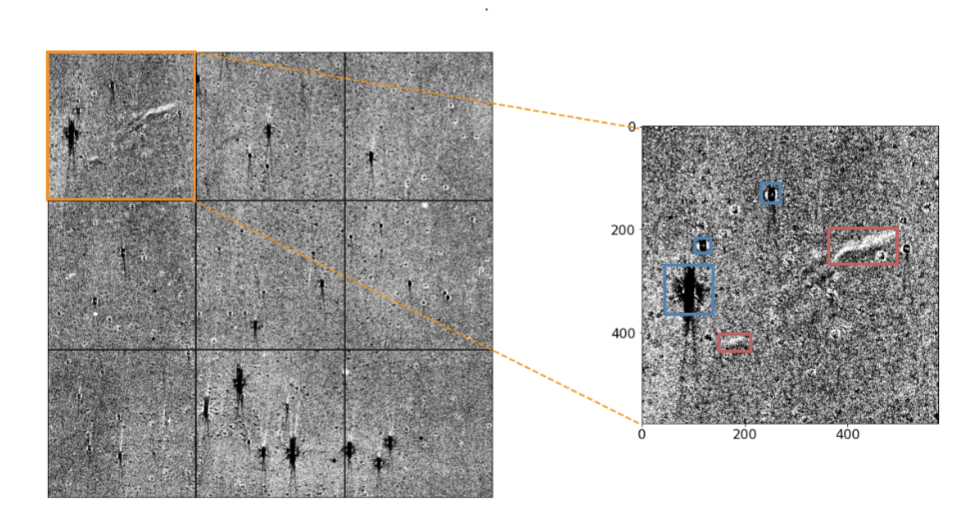
From Light Echoes to Polluting Plumes
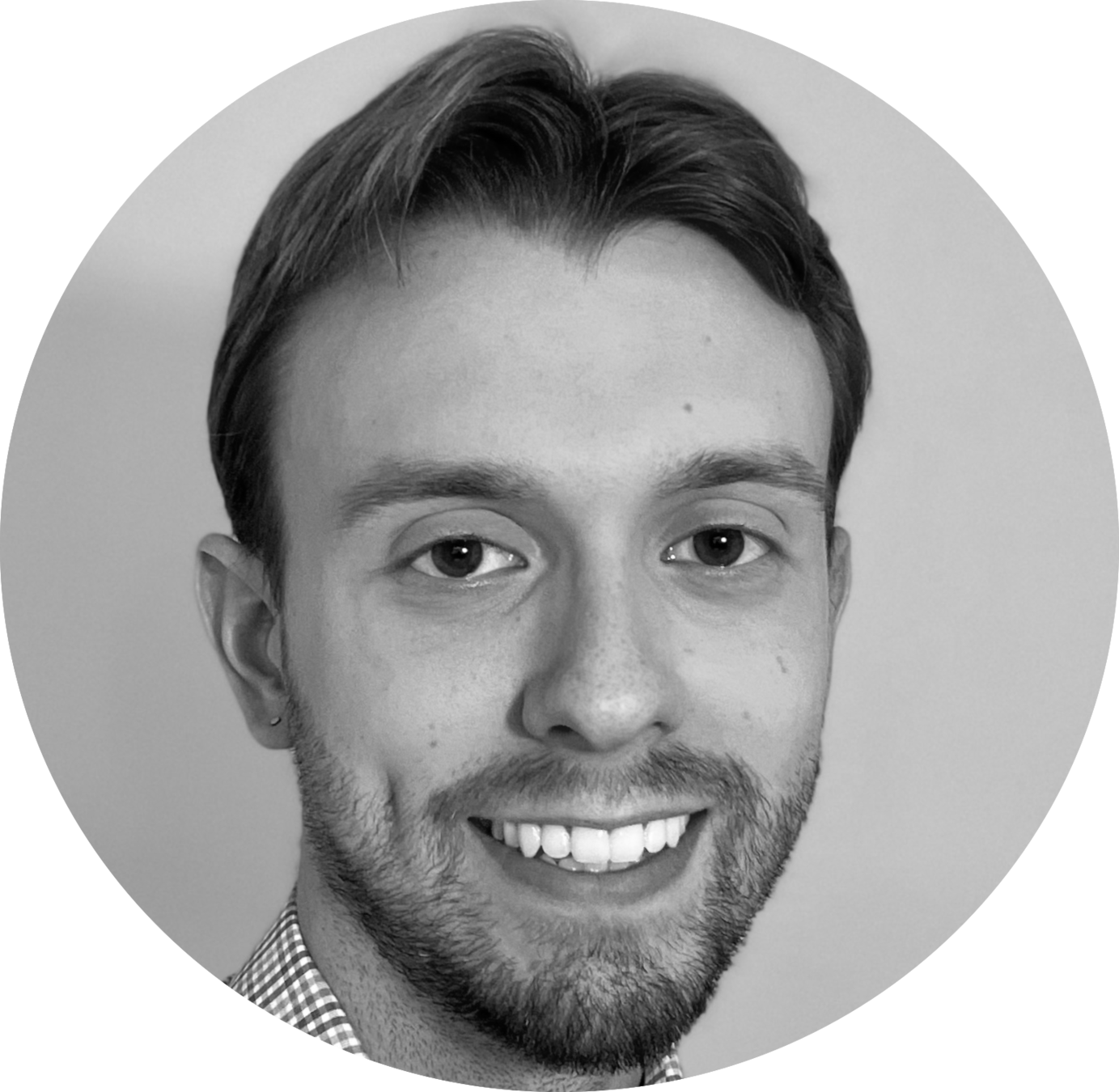
Ian Heffner, UD MSDS
improved image
subtraction through PCA
Pessimal AI problem:
- small training data
- inaccurate labels
- imbalance classes
- diverse morphology
- low SNR
- complex BG
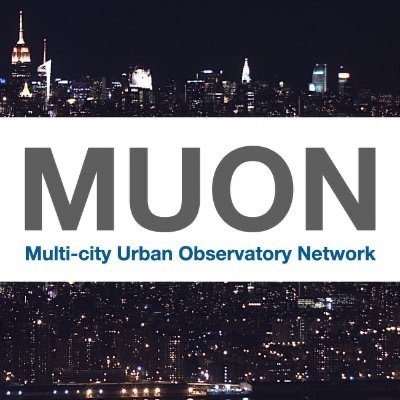


From Light Echoes to Polluting Plumes
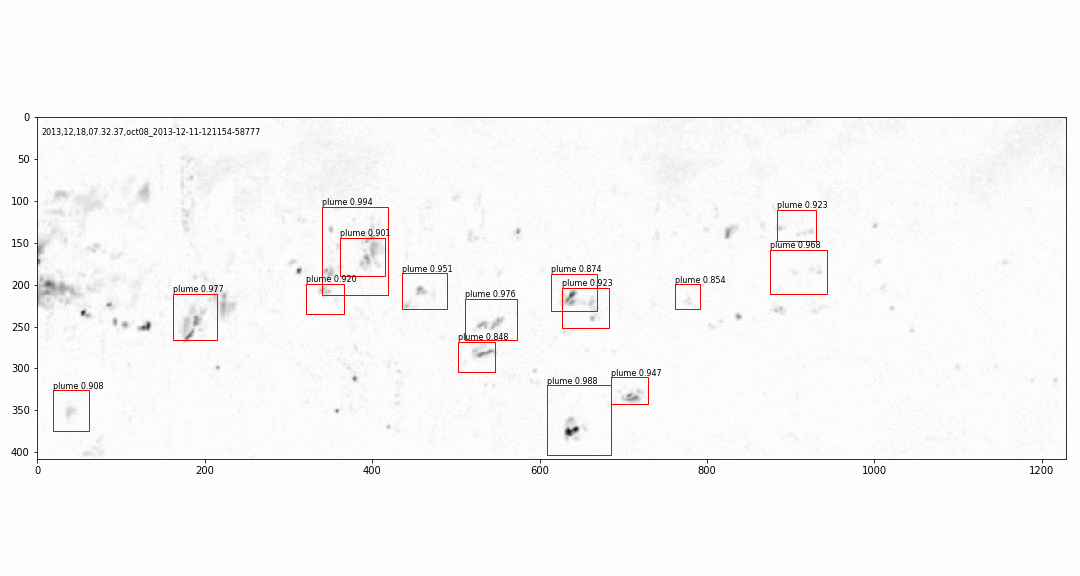

Ian Heffner, UD MSDS
improved image
subtraction through PCA
Pessimal AI problem:
- small training data
- inaccurate labels
- imbalance classes
- diverse morphology
- low SNR
- complex BG

Plumes and heat in NIR


Plumes in hyperspectral imaging




COVID-19 - an opportunity to be useful or an opportunistic exploitation of a serious problem?
- we understand exponentials
- we do not understand how science translated into policy

@fedhere
COVID-19 - an opportunity to be useful or an opportunistic exploitation of a serious problem?


@fedhere
COVID-19 - an opportunity to be useful or an opportunistic exploitation of a serious problem?
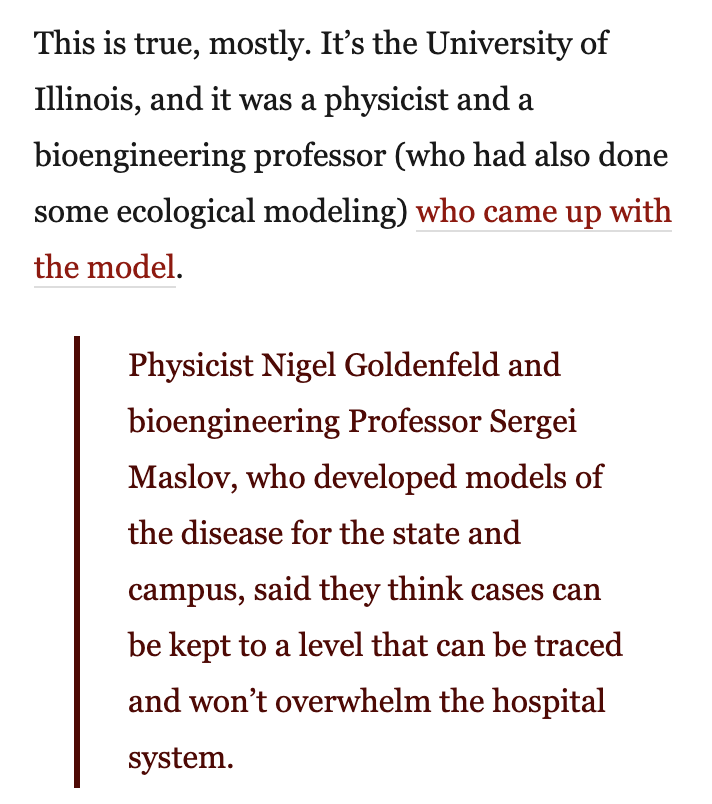
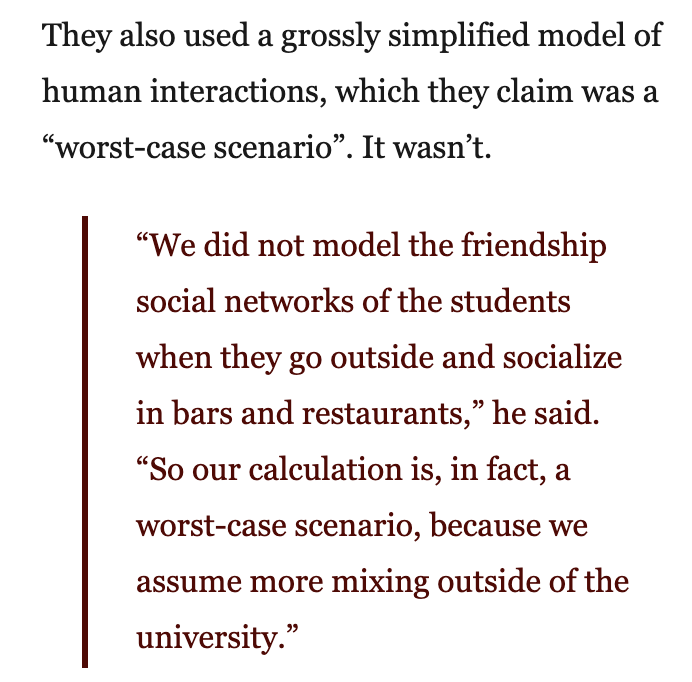


@fedhere
COVID-19 - an opportunity to be useful or an opportunistic exploitation of a serious problem?


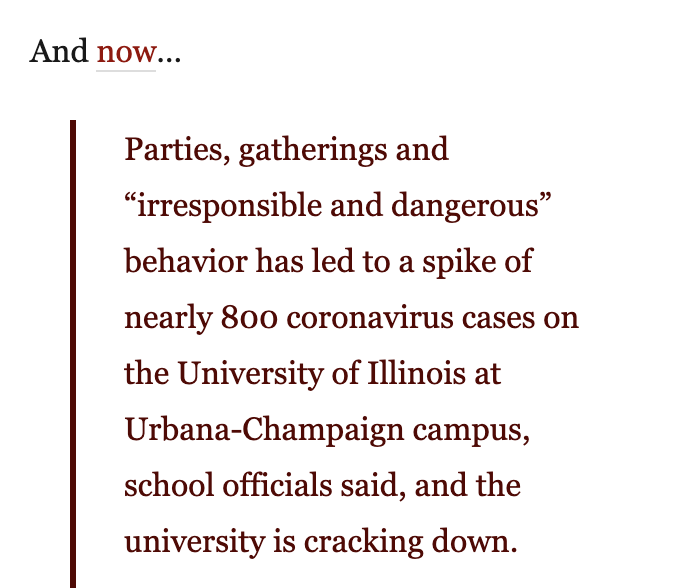

@fedhere
1
Is there a need?
dont overestimate the resources that are available
"Christiana care is seeking someone with Python expertise..."
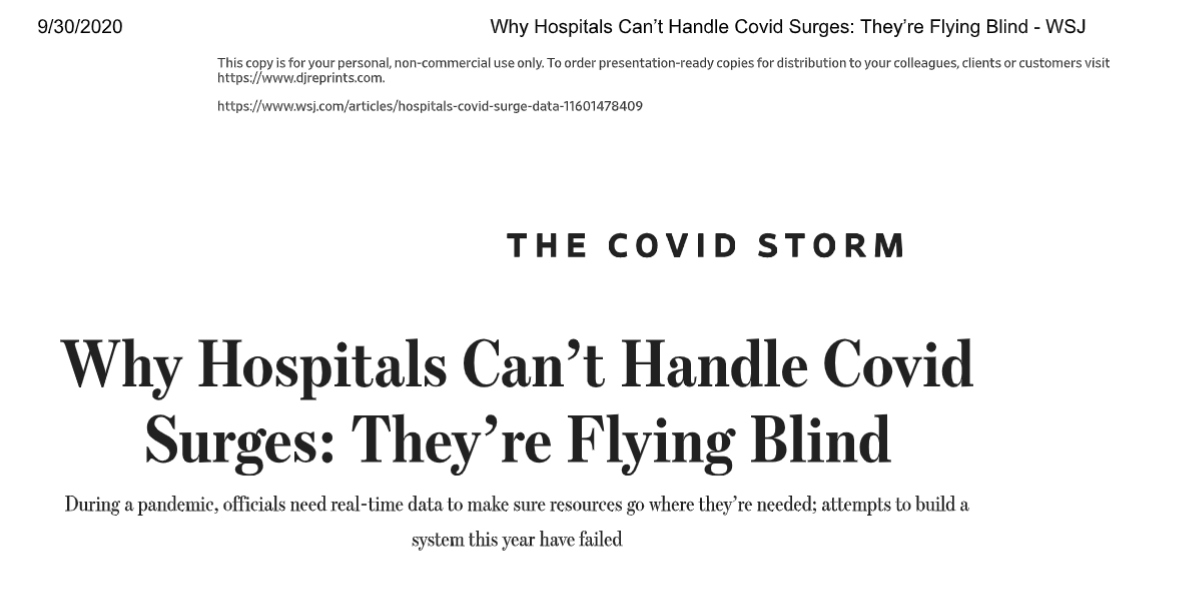
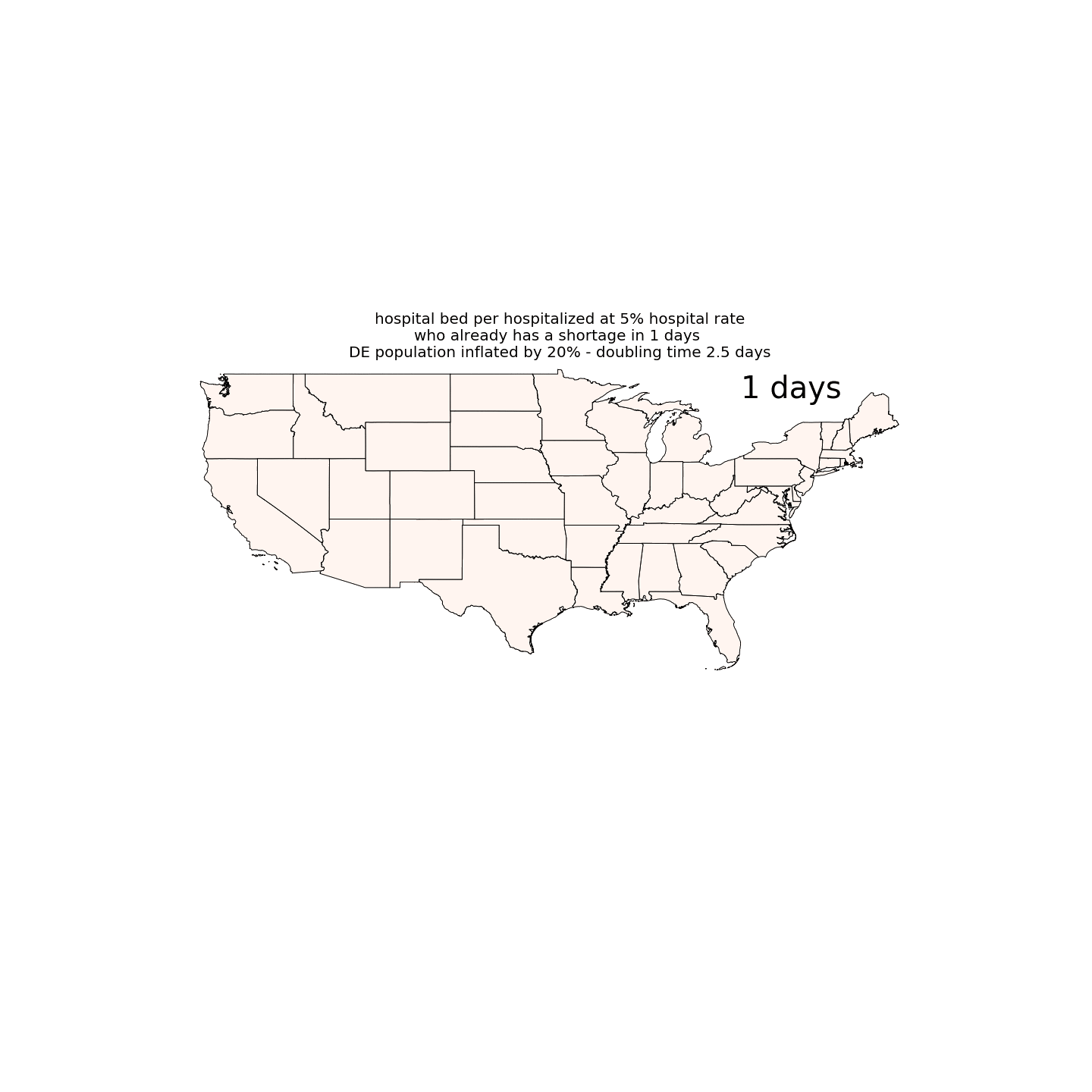
surge plans rely on mutual aid between States

@fedhere
1

@fedhere

@fedhere
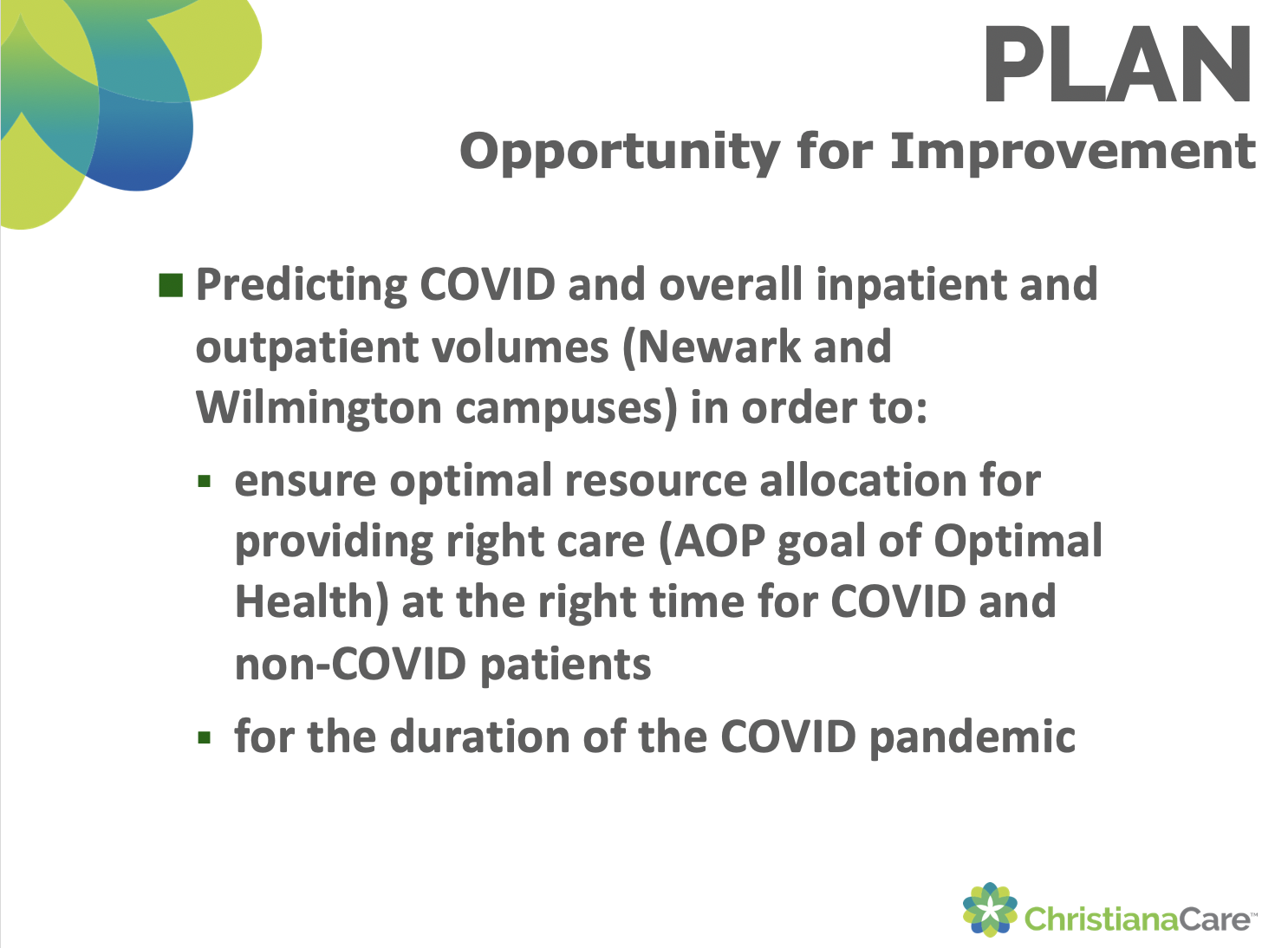
Is there a need?
dont overestimate the resources that are available
Dr. Chiam, Value Institute
1
Is there a need?
- Delaware is a small state (unlike Washington State, CA, NY)
- 5 hospitals only one has an epidemiological team... of 1
- There are limited computational resources in people and in hardware
"Christiana care is seeking someone with Python expertise..."


@fedhere
2
Can I fulfill that need?
- Is there a team of domain experts you can work with?
"Christiana care is seeking someone with Python expertise..."
"ChristianaCare is seeking someone with Python expertise..."
to work with the CC Value institute epidemiologist and software engineer


@fedhere


@fedhere
DATA
MODEL IMPLEMENTATION
MODEL IMPLEMENTATION


@fedhere
DE COORDINATION
EPIDEMIOLOGY
INTEGRATION W CC NEEDS AND RESOURCES

COVID-19 - an opportunity to be useful or an opportunistic exploitation of a serious problem?

@fedhere



@fedhere



@fedhere




@fedhere





@fedhere

COVID-19 - an opportunity to be useful or an opportunistic exploitation of a serious problem?

COVID-19 - an opportunity to be useful or an opportunistic exploitation of a serious problem?
The parameters are not well known AND time varying
COVID-19 - an opportunity to be useful or an opportunistic exploitation of a serious problem?



COVID-19 - an opportunity to be useful or an opportunistic exploitation of a serious problem?



COVID-19 - an opportunity to be useful or an opportunistic exploitation of a serious problem?


IHME - official data, statewide, no control over model parameters
(no visibility into the code)
CHIMEDE - curated hospital data, local predictions, complete control over model parameters

COVID-19 - an opportunity to be useful or an opportunistic exploitation of a serious problem?



COVID-19 - an opportunity to be useful or an opportunistic exploitation of a serious problem?

@fedhere
COVID-19 - an opportunity to be useful or an opportunistic exploitation of a serious problem?


@fedhere
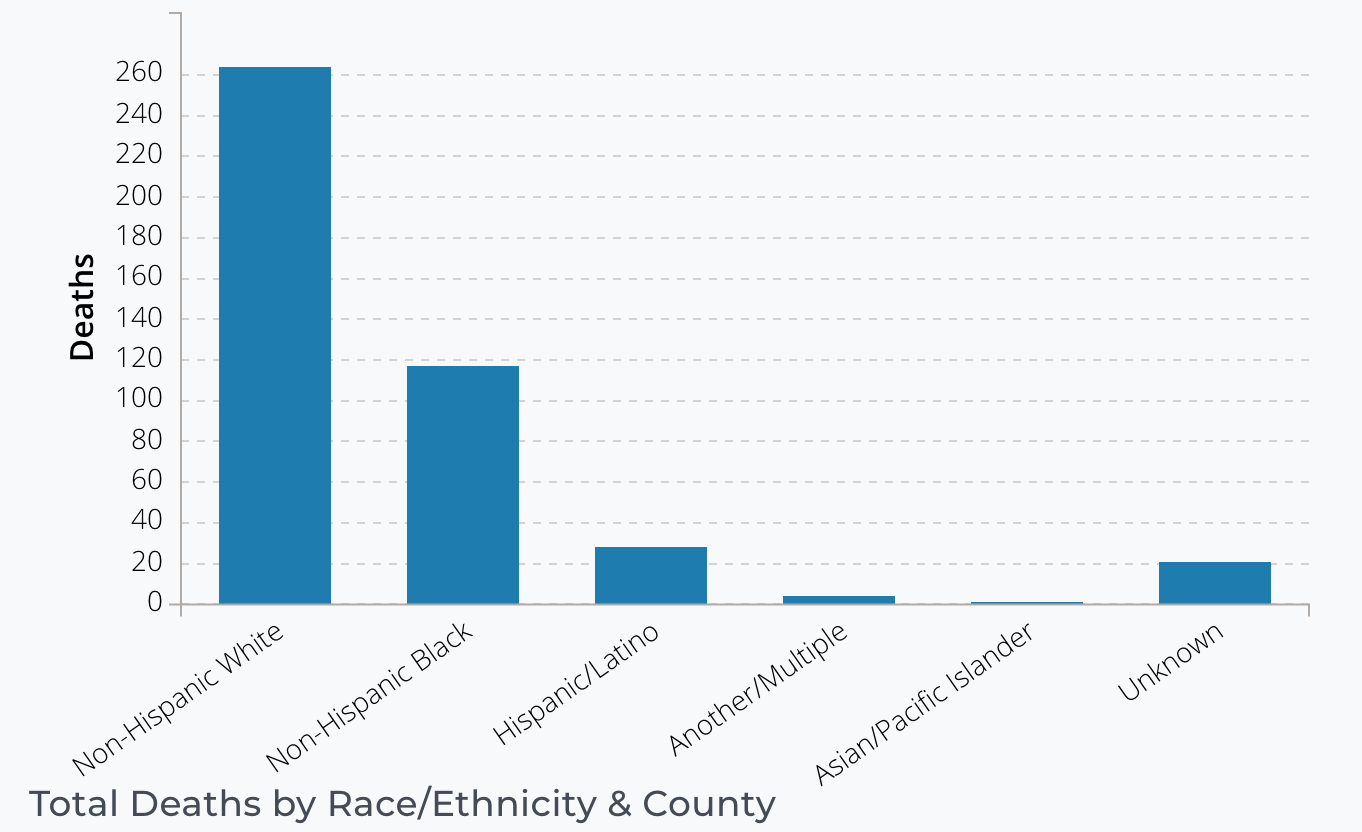
Delaware COVID-19 deaths by race
COVID 19 is a racist desease
Society
COVID-19 - an opportunity to be useful or an opportunistic exploitation of a serious problem?
"While some states do not have demonstrable disparities, minorities in other states face 5 or 10-fold or higher risk of death than their white counterparts."

COVID-19 - an opportunity to be useful or an opportunistic exploitation of a serious problem?
Obvious solution: MC simulation (a.k.a. Agent-based models
but the computational costs are significant

@fedhere
. how will policy changes affect disease progression and hospitalization?
. will there be a suppression of disease propagation in future summer months?
. what are the impacts of DE’s unique demographic distribution on hospitalization?
. how do we incorporate behavioral properties of the in- and out-of-state sub-populations?
. what level of resurgence might we expect to see in the winter if social distancing is relaxed?
. if re-infection is a possibility, what will be the burden on local health care systems?
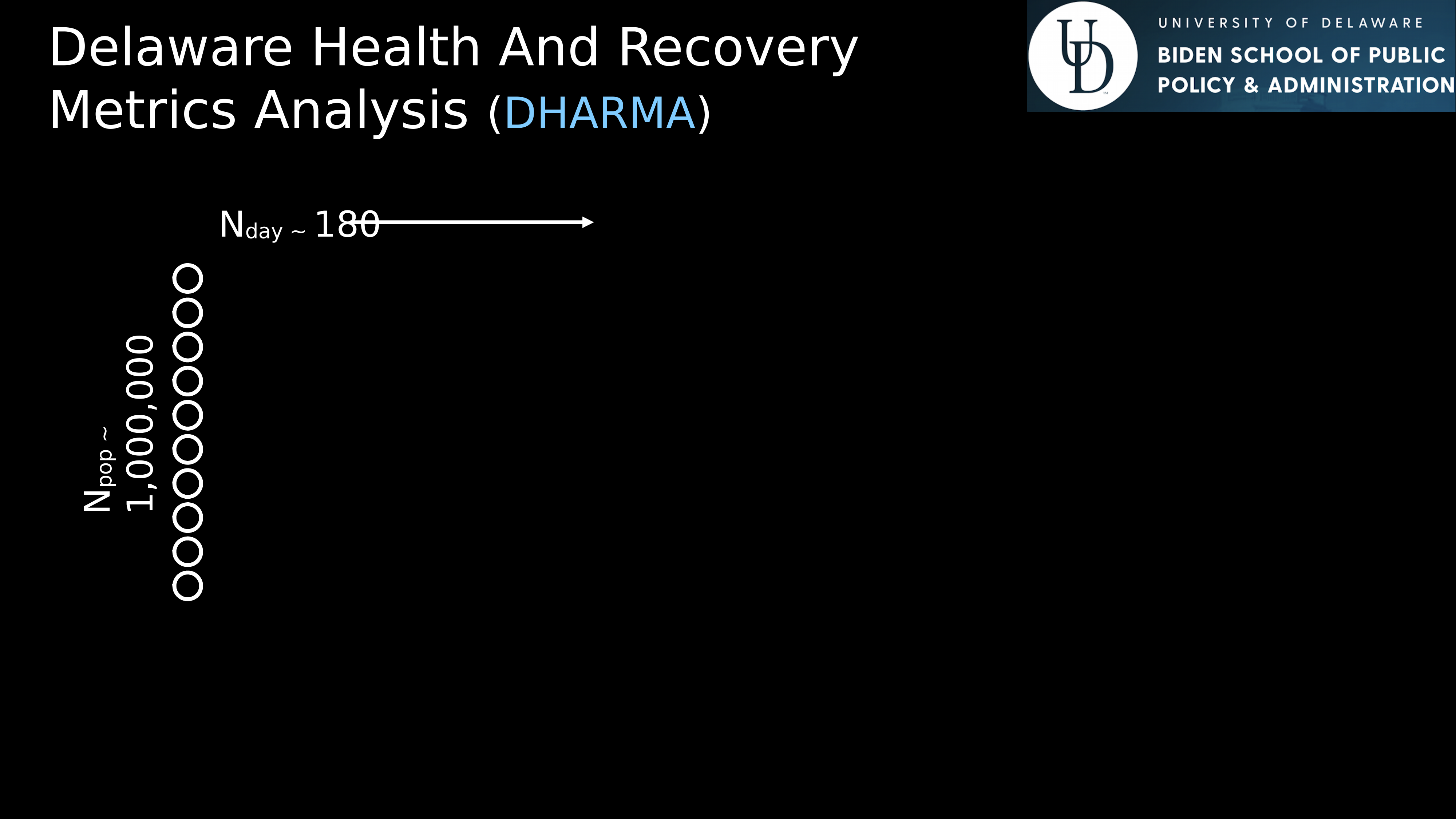
age block
ethnicity block
socioeconomic block
comorbidities block

@fedhere
age block
ethnicity block
socioeconomic block
comorbidities block
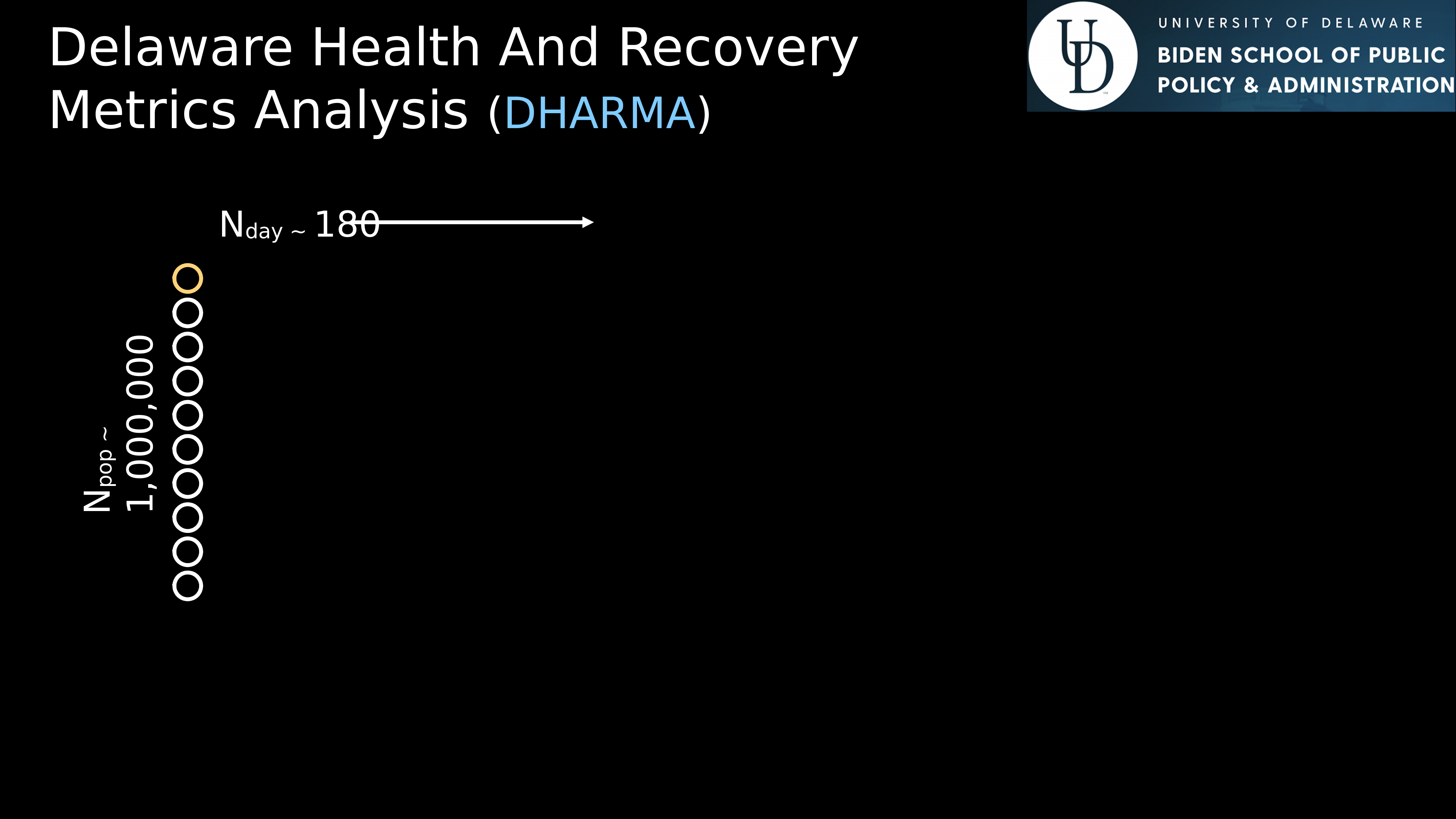

@fedhere
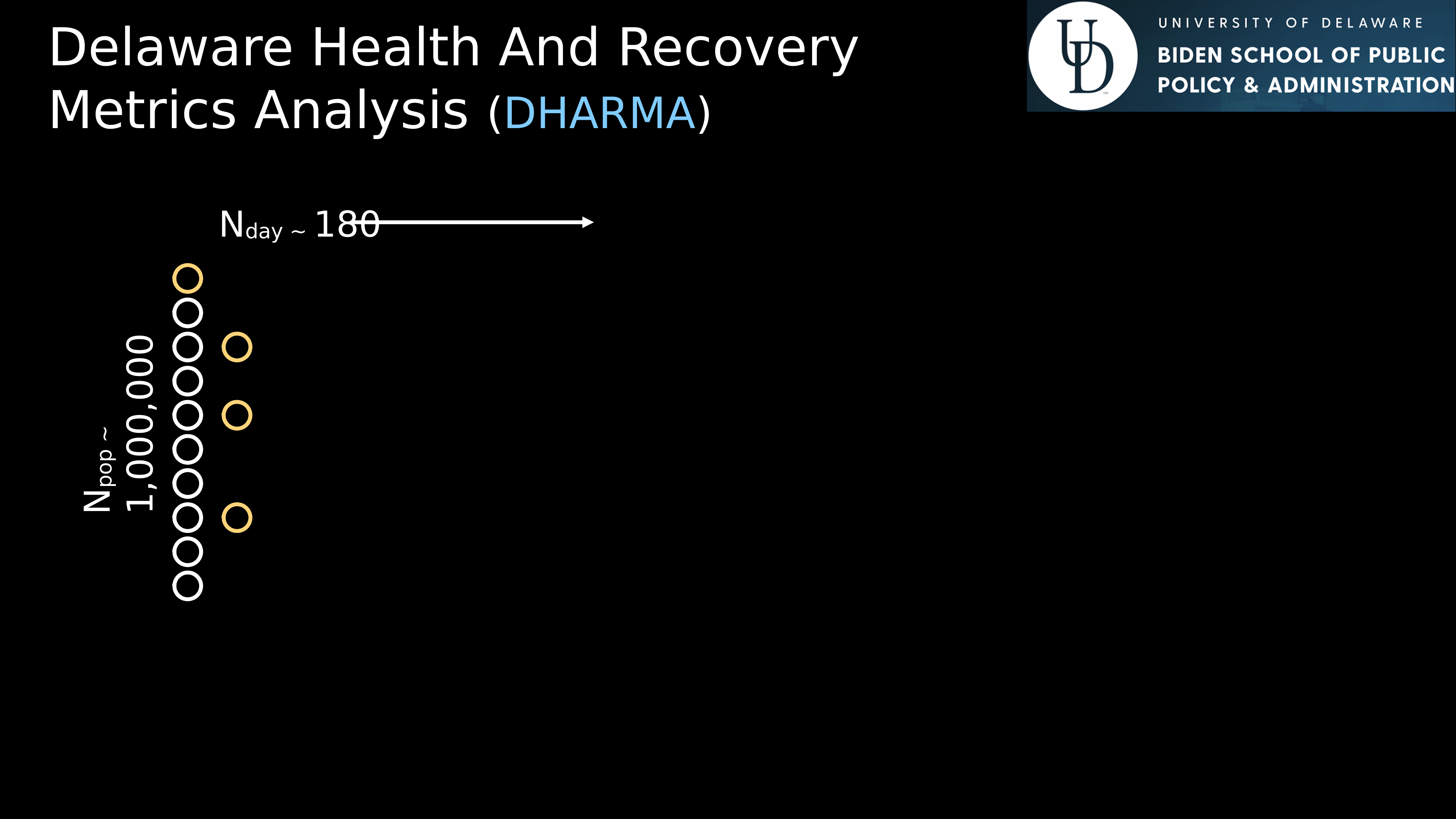

@fedhere
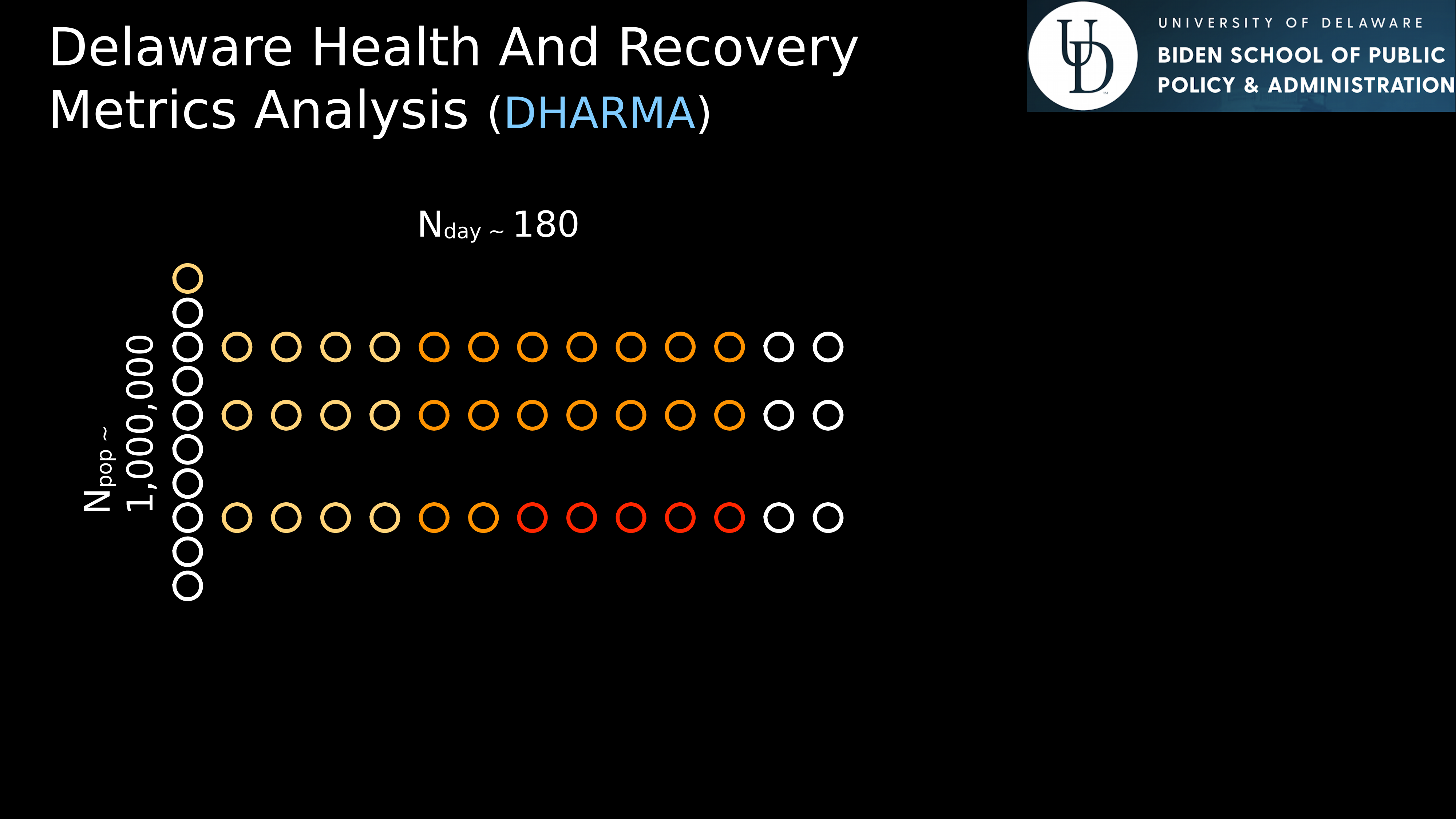

@fedhere
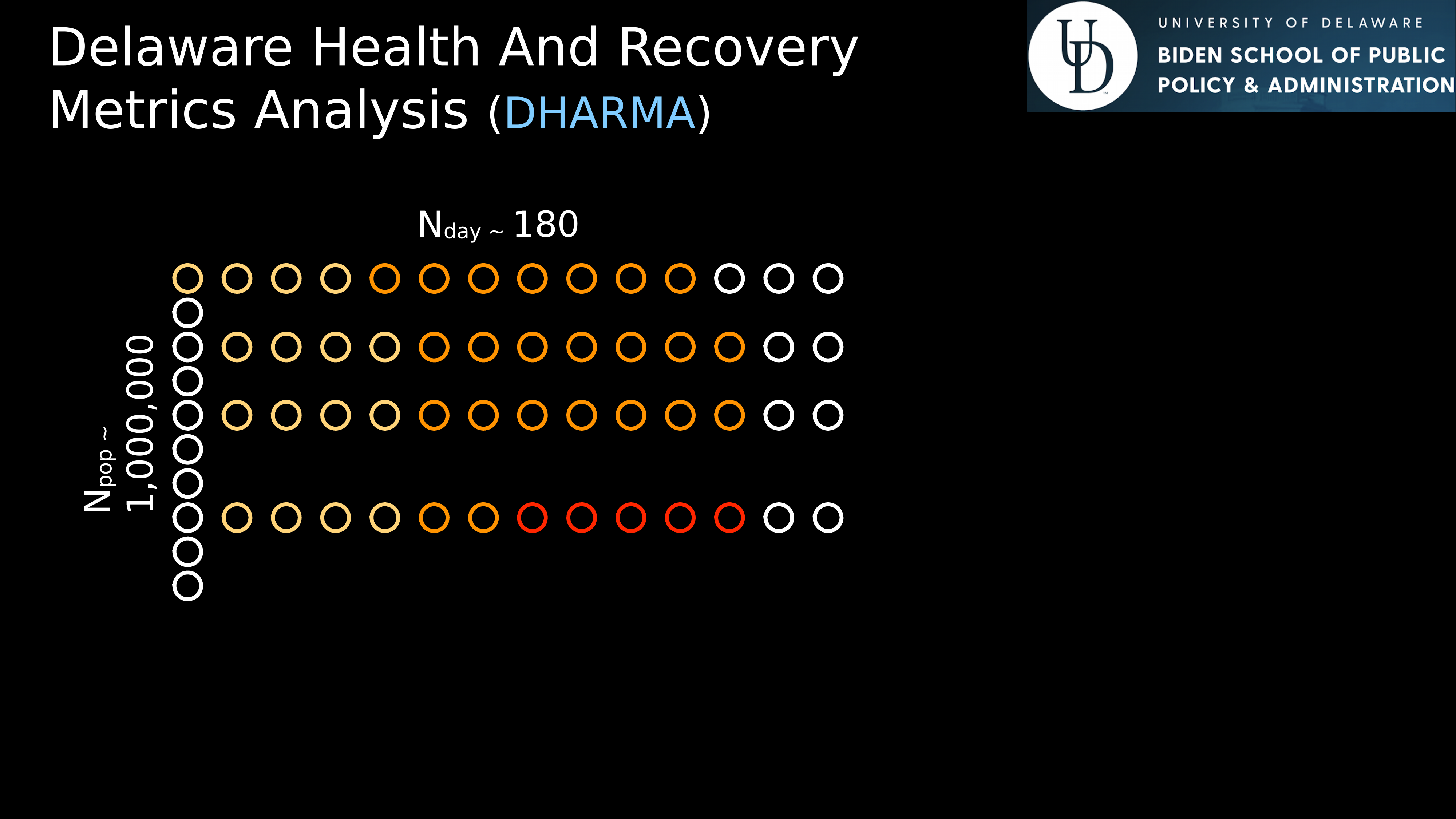

@fedhere
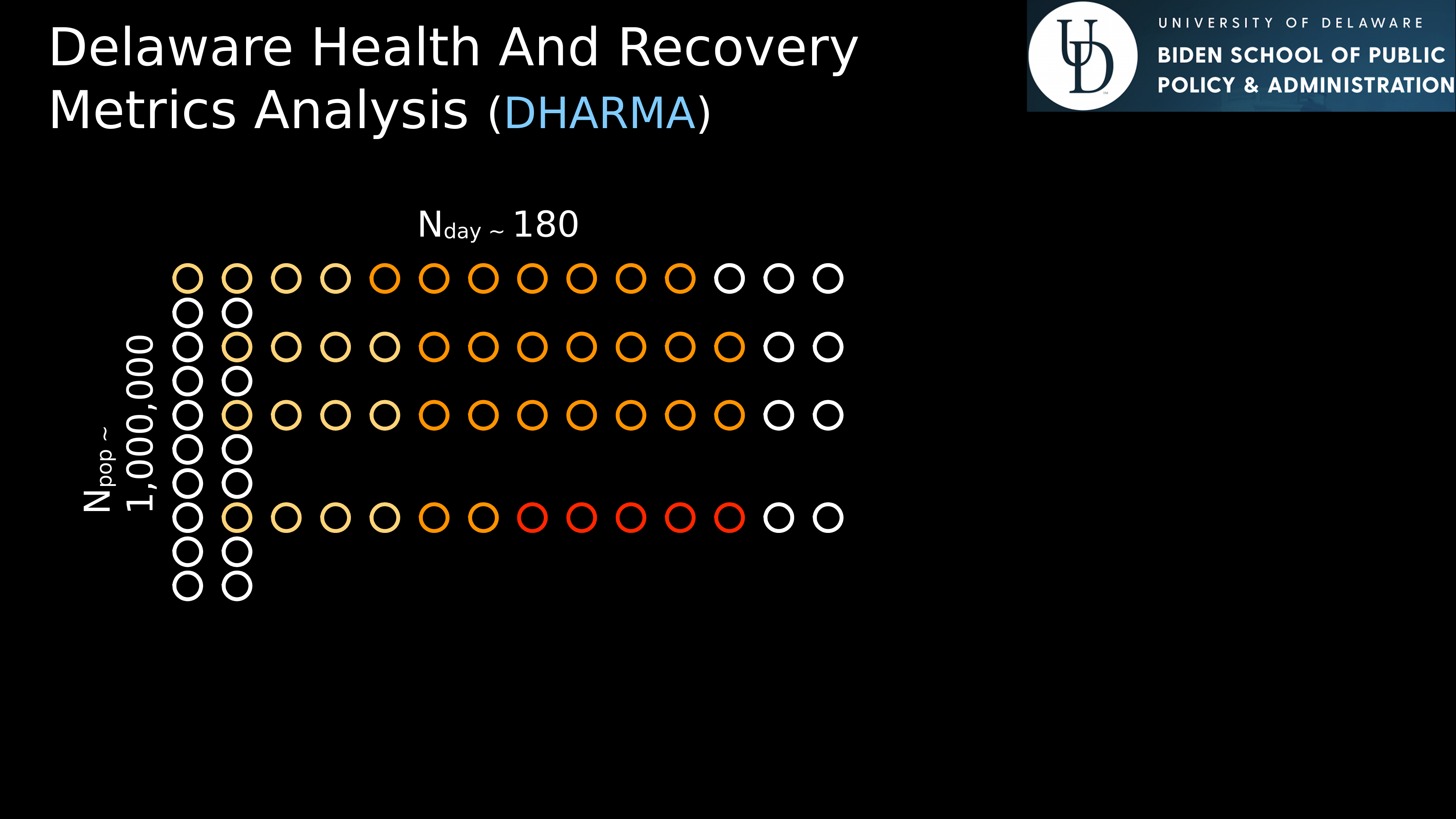

@fedhere
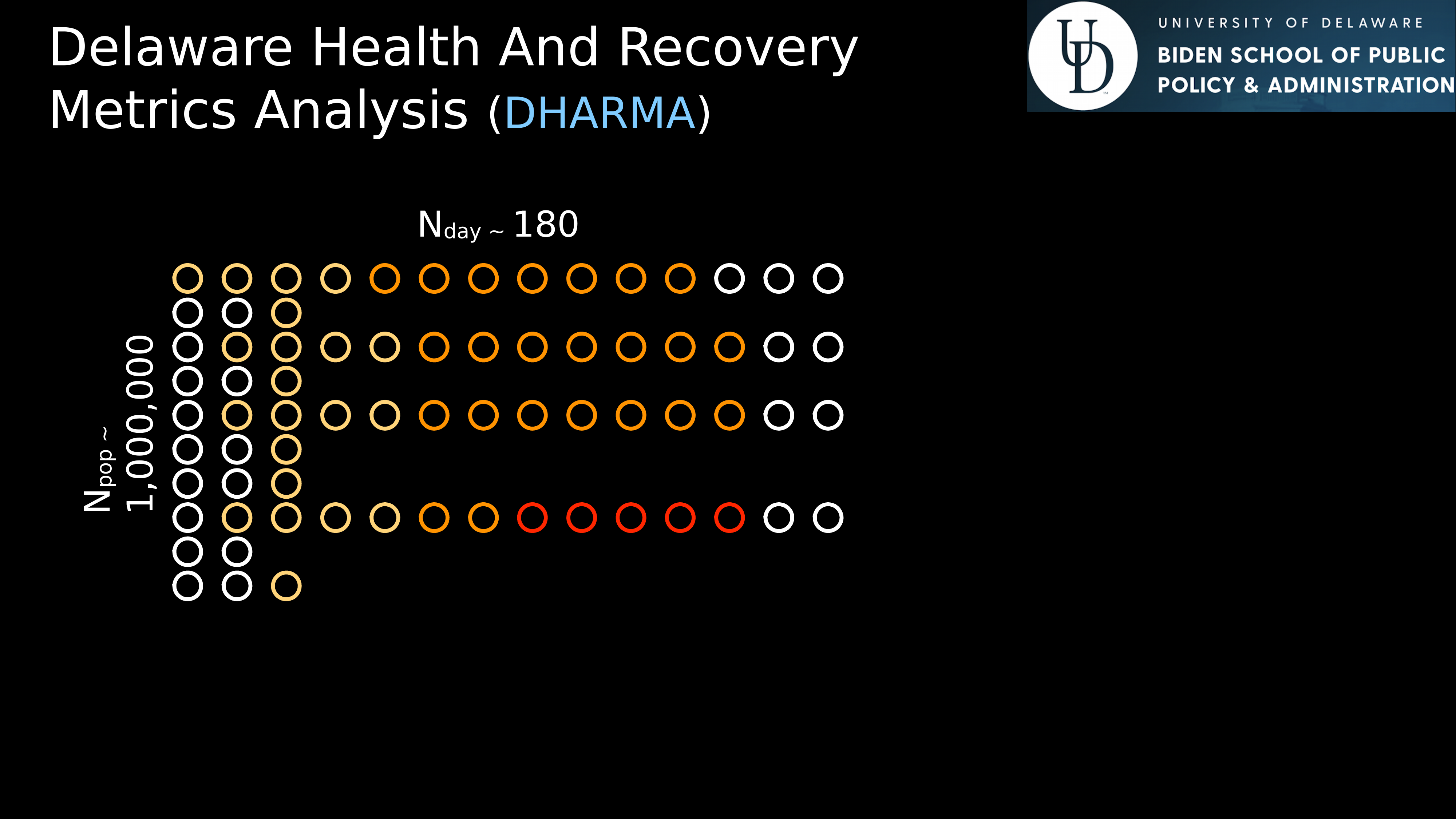

@fedhere
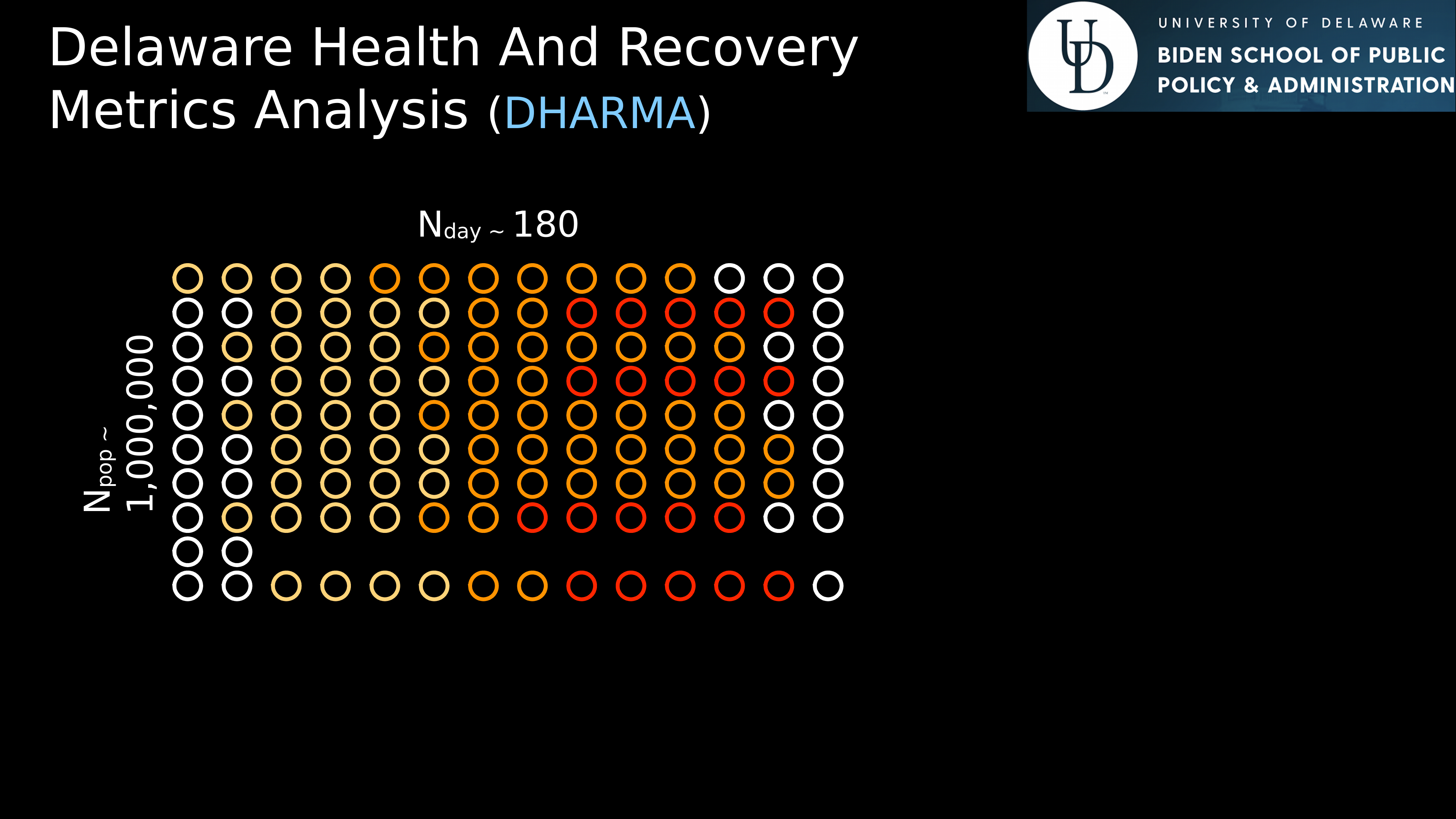

@fedhere
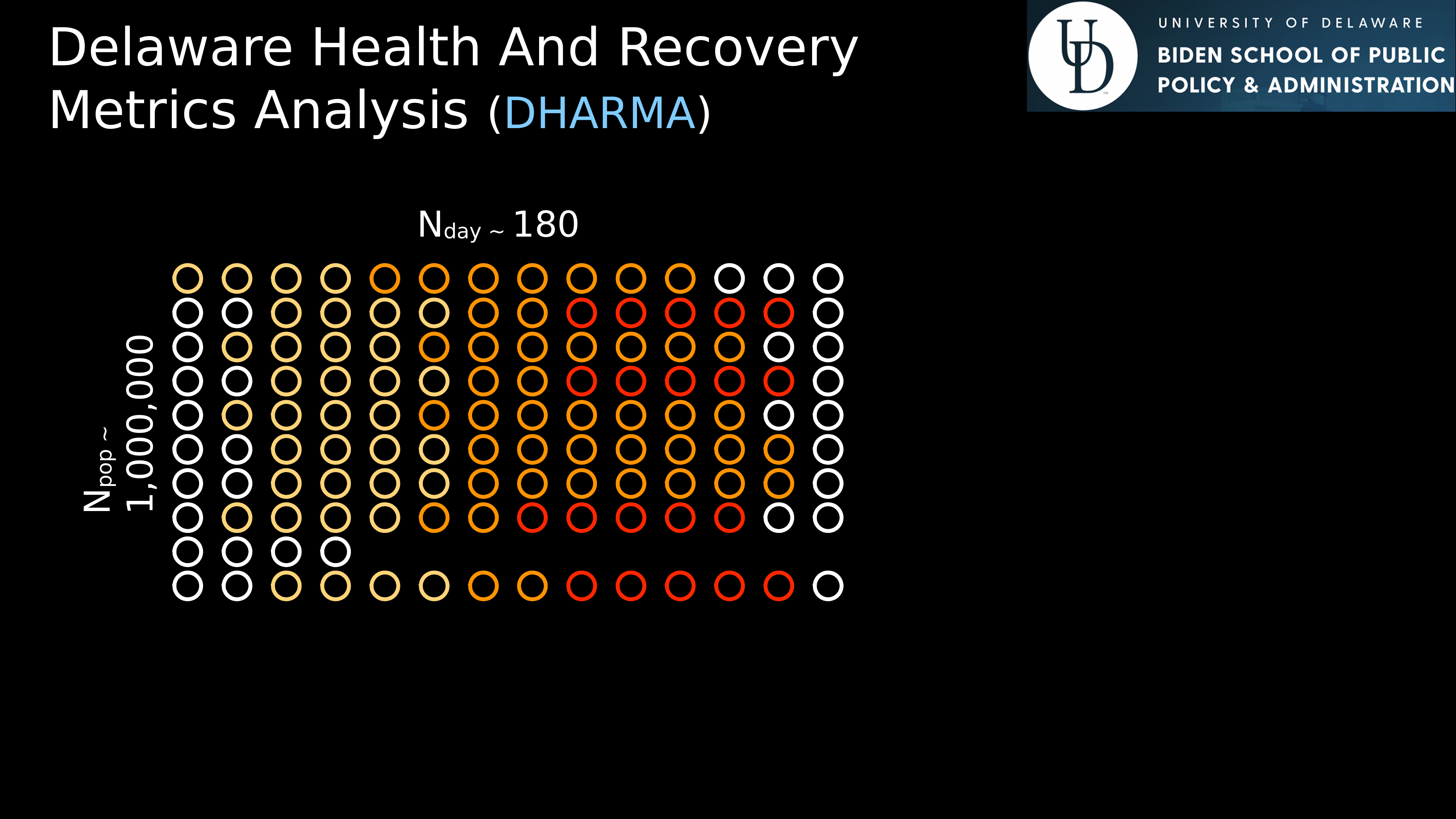

@fedhere


@fedhere
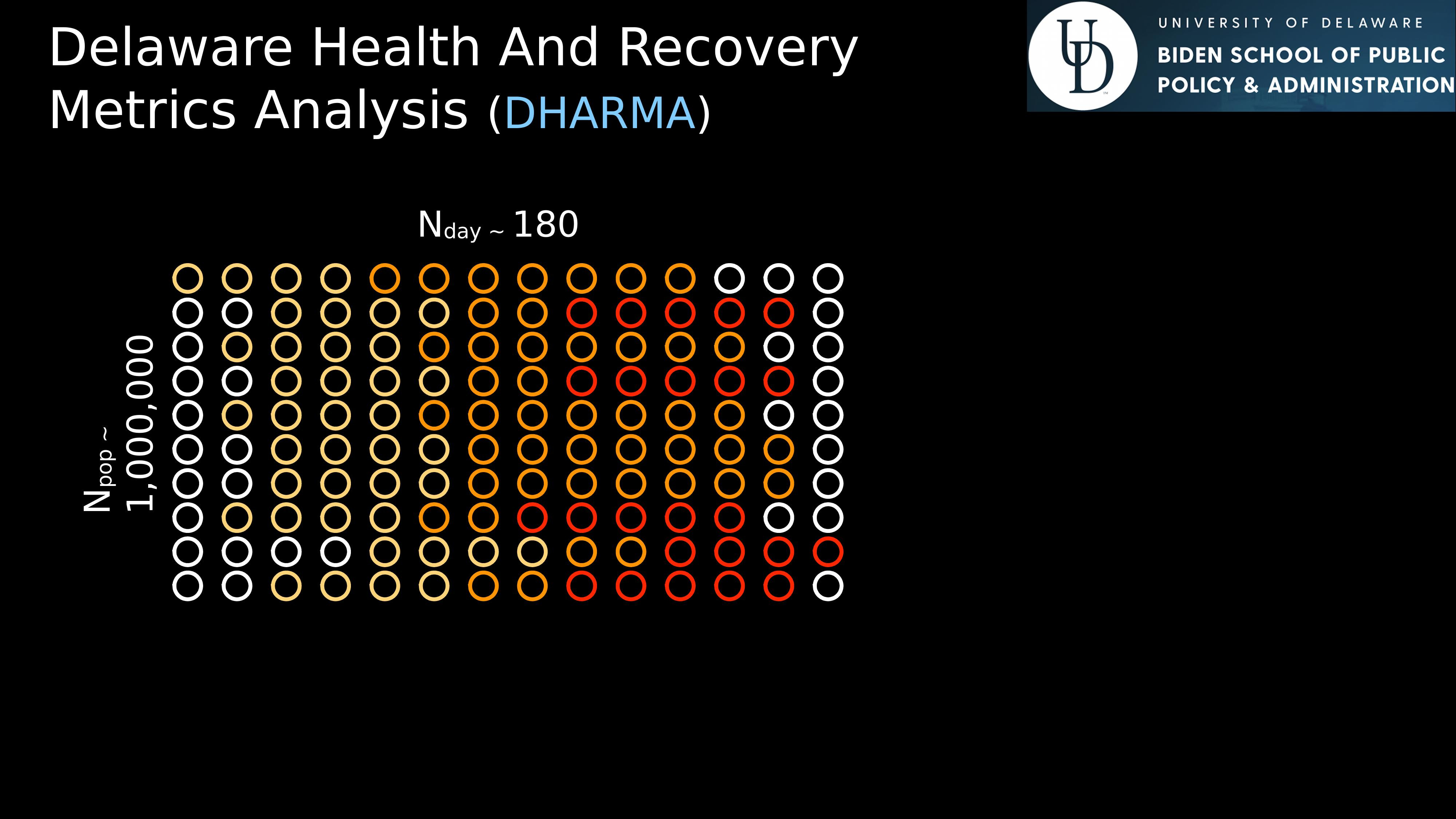

@fedhere
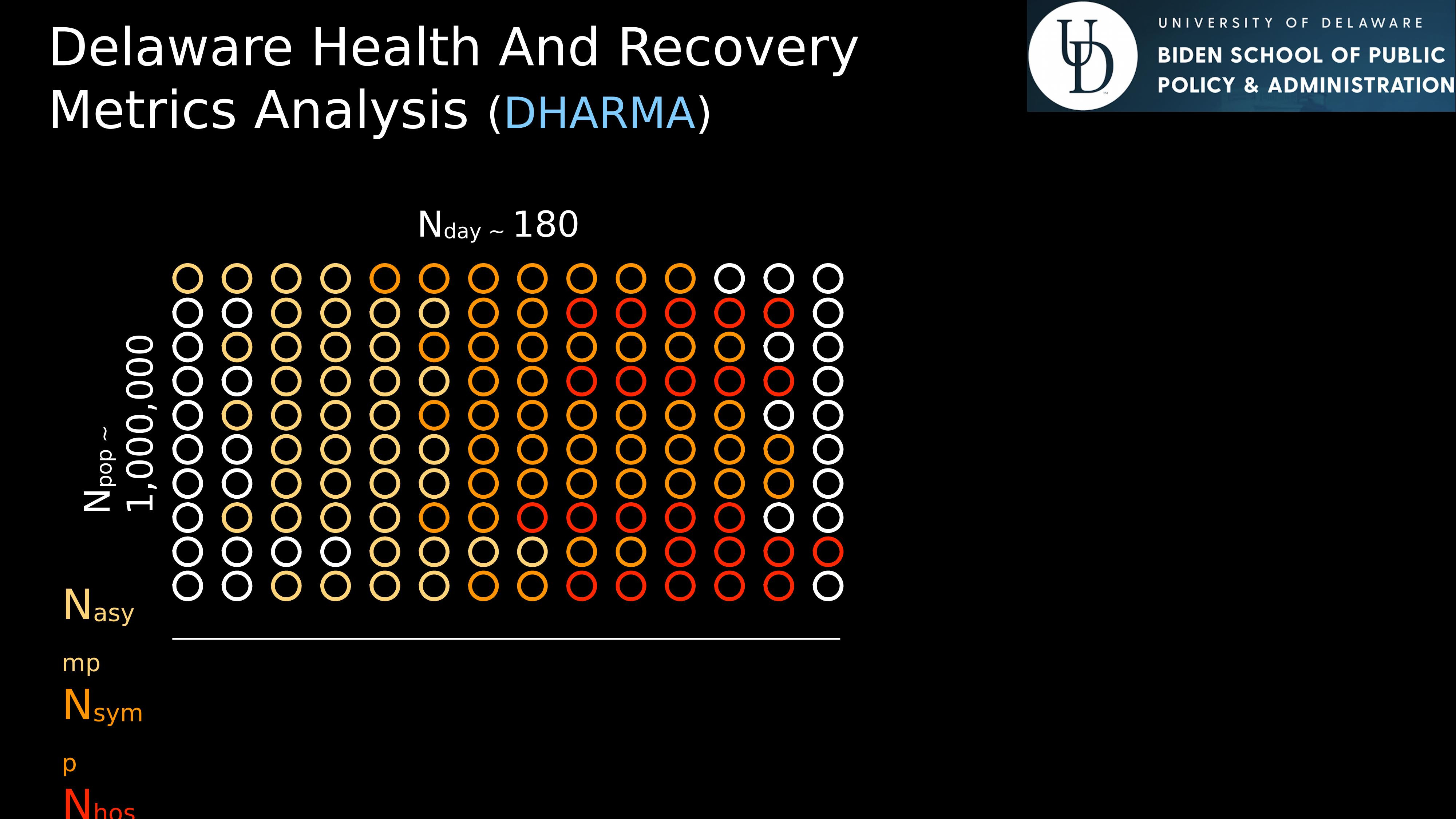

This framework allows for substantial flexibility to include effects such as:
· time-dependent social distancing
· mask mandate compliance
· person-to-person contact rates
· age, gender, race, and ethnicity
· individual susceptibilities
· comorbidities
· probabilistic hospital length of stay
· asymptomatic subpopulations
· vaccine availability and use
· closing and reopening
· hospital discharge and intake operations

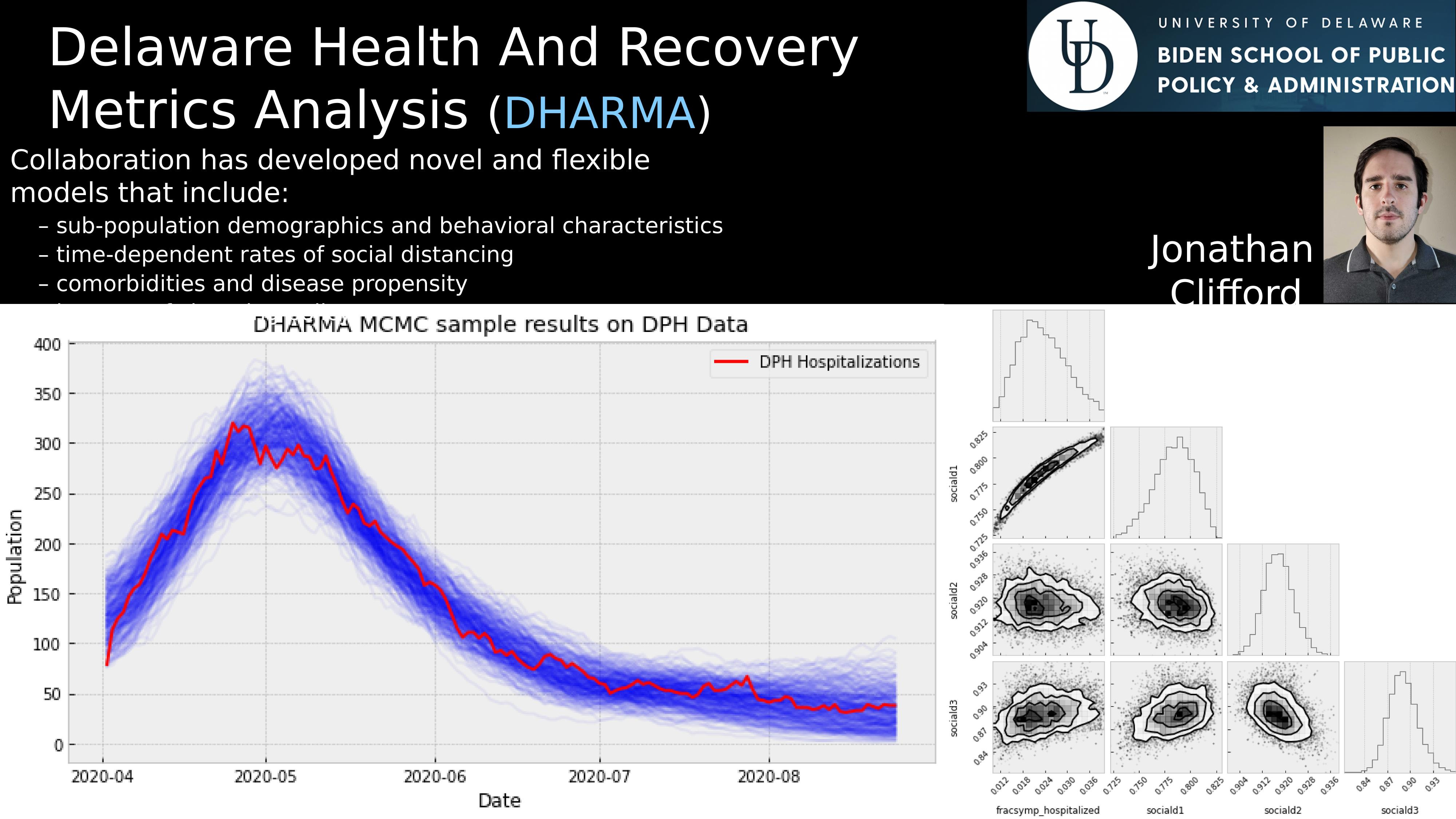



up to 100 subpops -
100x100 sparse contact matrix => ~sec
500,000 samples => ~1M sec


e-DHARMA: a DHARMA emulator

"It has been invaluable to have predictions for the next week instead of having to panic about the next shift"
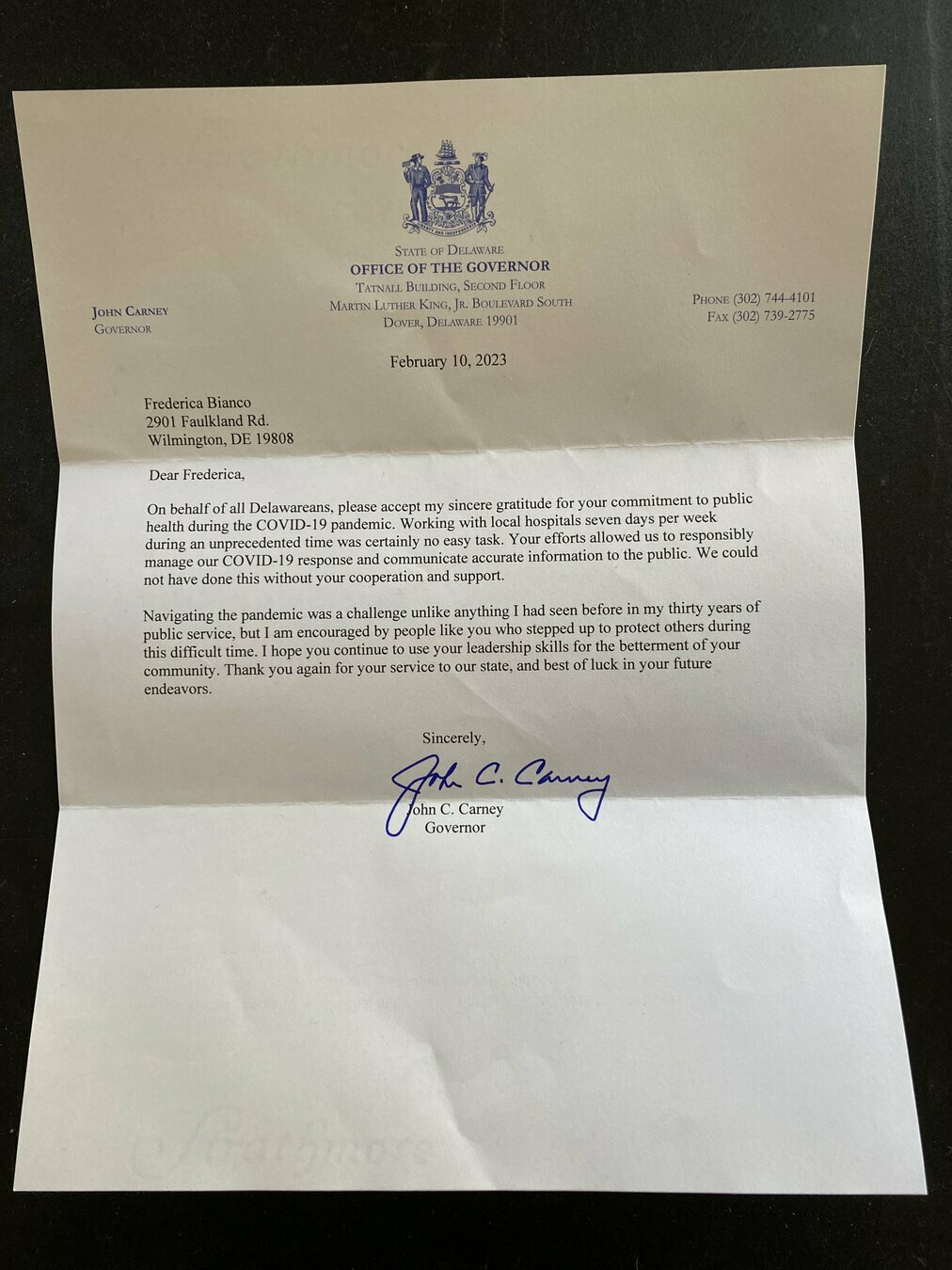
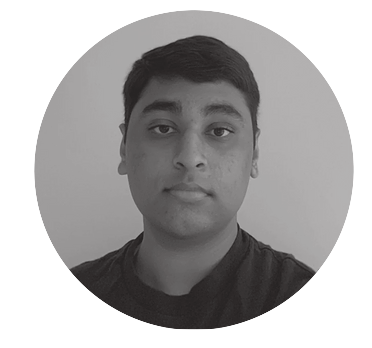
Research Inclusion: sonification of LSST lightcurves
Riley Clarke, UD grad student Sid Patel, UD undergrad summer research project
Sonification: Data → Sound
New way of understanding data
- Can be complementary to visualizations
Gives access to people who cannot
interpret data visuallySounds cool! Good for public outreach

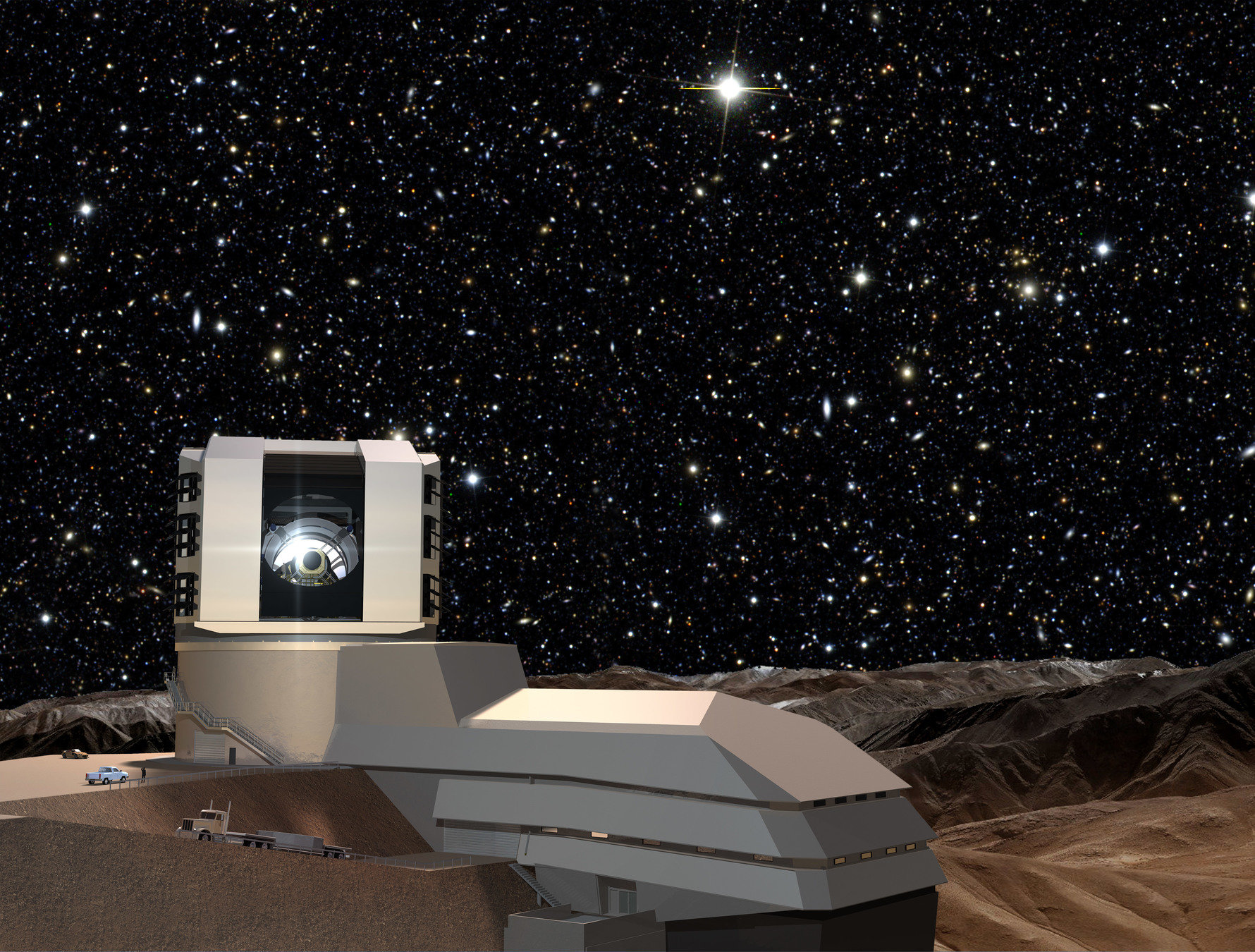

Research Inclusion: sonification of LSST lightcurves
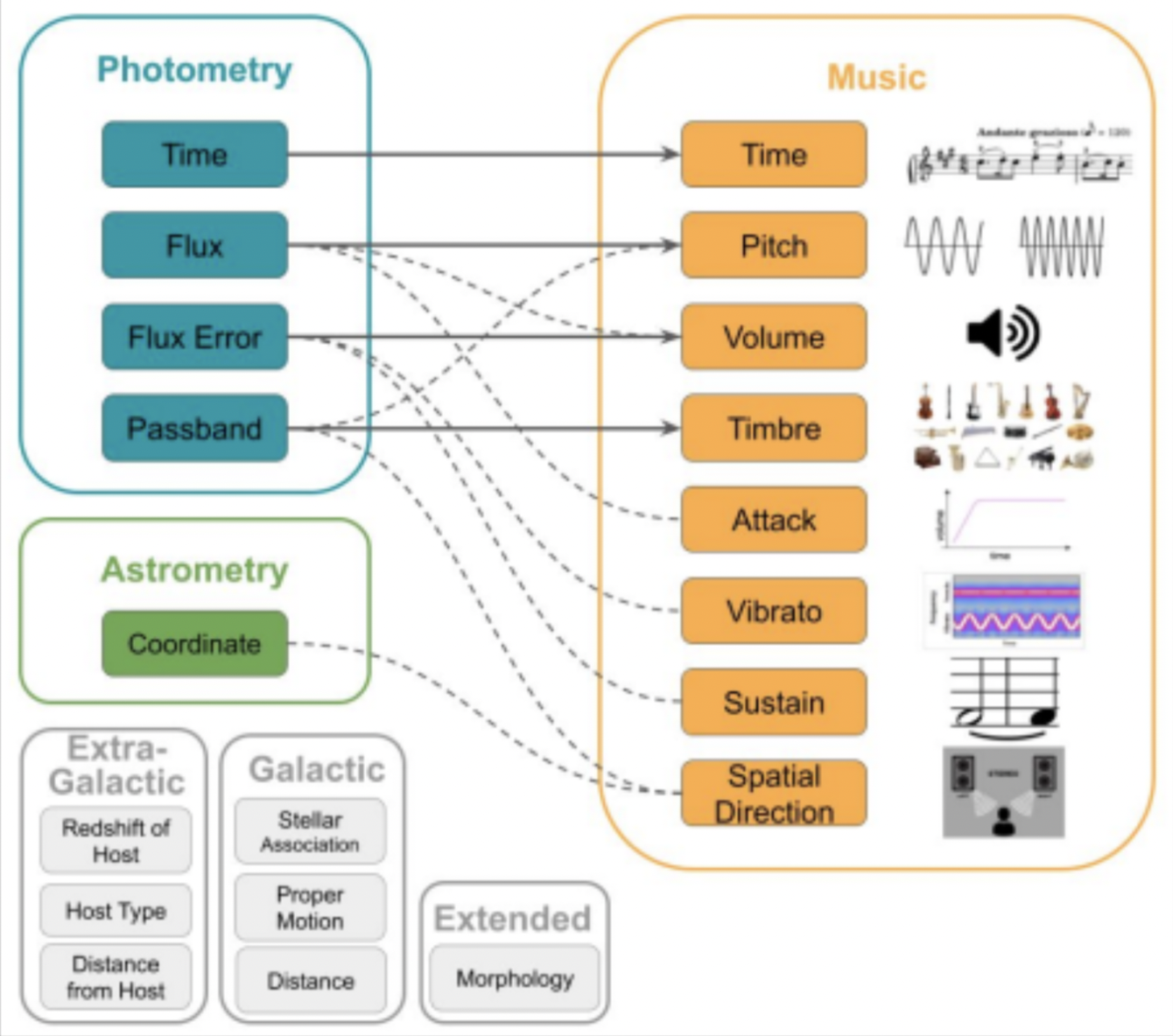
Rubin Rhapsodies

Research Inclusion: sonification of LSST lightcurves

Rubin Rhapsodies





Light Echoes


Light Echoes



η-Carinae light echoes
Rest et al. (w Bianco) 2012Natur.482..375R
Light Echoes

η-Carinae light echoes

Frew 2004, Smith & Frew 2011
Light Echoes

η-Carinae light echoes

Light Echoes
η-Carinae light echoes
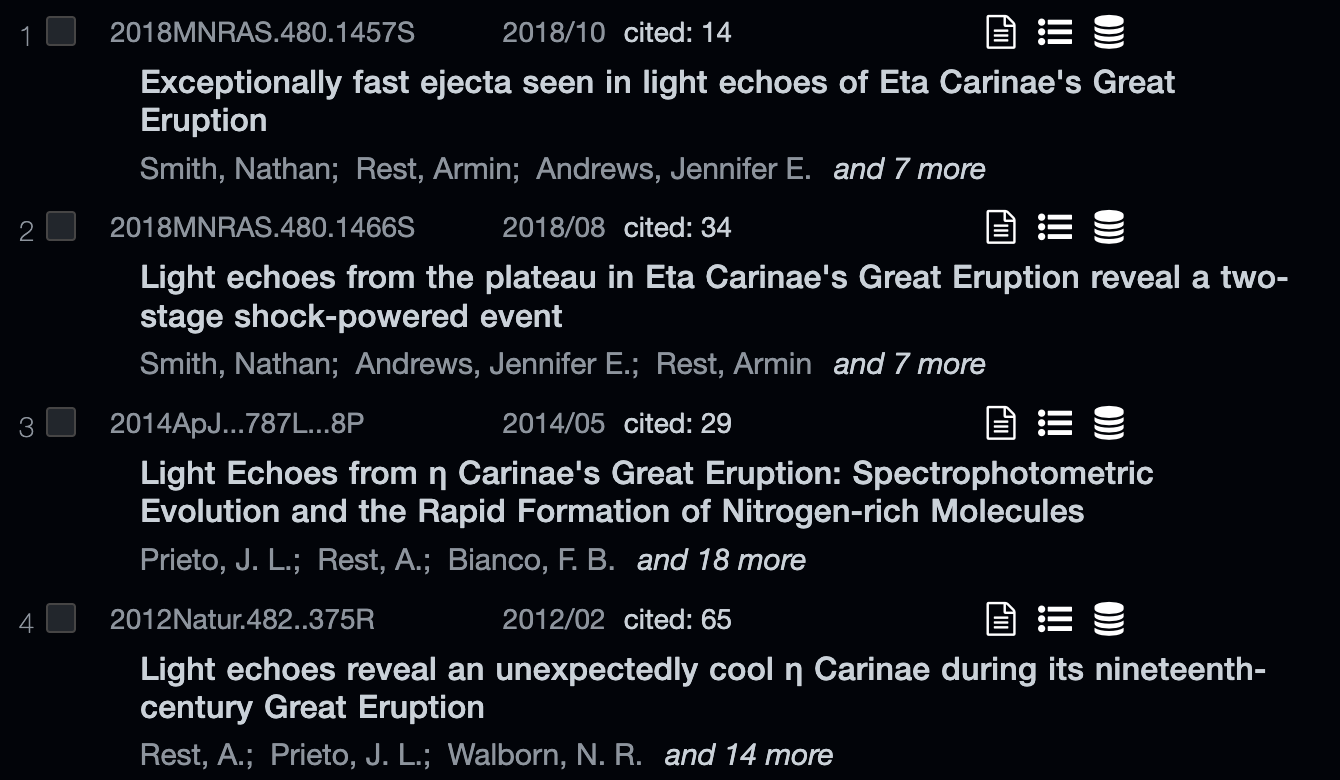
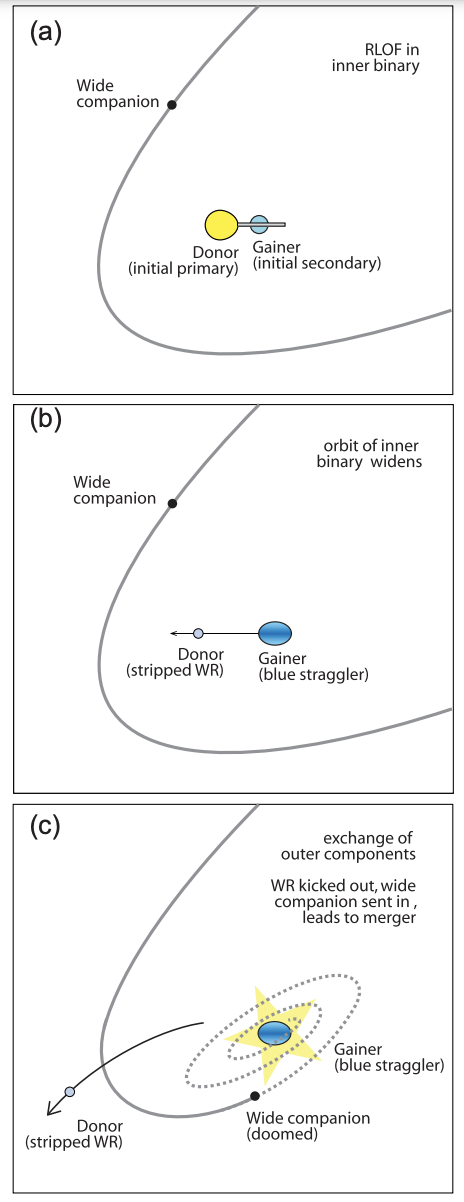

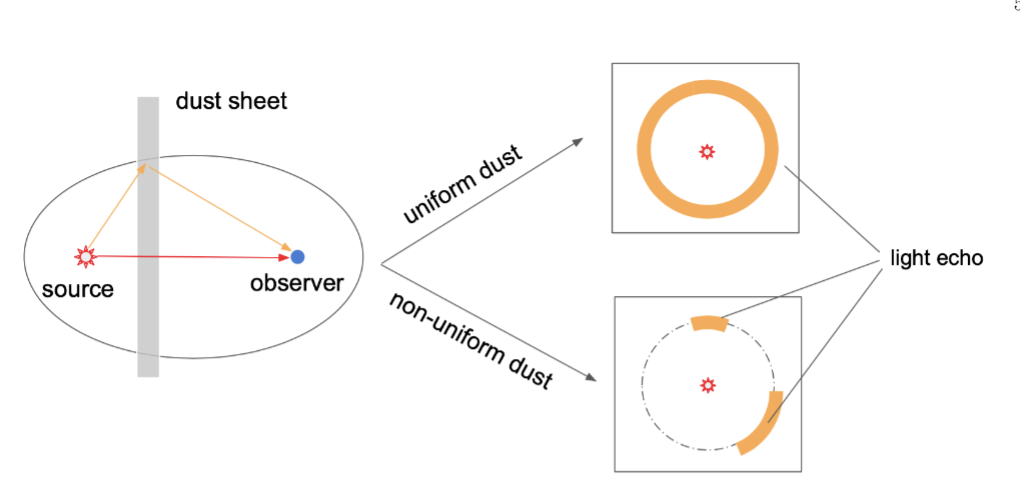
Li et al. submitted
AILE: the first AI-based platform for the detection and study of Light Echoes
NSF Award #2108841
Detecting and studying light echoes in the era of Rubin and Artificial Intelligence
P.I. Bianco
Pessimal AI problem:
- small training data
- inaccurate labels
- imbalance classes
- diverse morphology
- low SNR

AILE: the first AI-based platform for the detection and study of Light Echoes
YOLO3 + "attention" mechanism
precision 80% at 70% recall with a training set of 19 light echo examples!
NSF Award #2108841
Detecting and studying light echoes in the era of Rubin and Artificial Intelligence
P.I. Bianco
Li et al. submitted



thank you!
University of Delaware
Department of Physics and Astronomy
Biden School of Public Policy and Administration
Data Science Institute

@fedhere
federica bianco
fbianco@udel.edu
thank you!
University of Delaware
Department of Physics and Astronomy
Biden School of Public Policy and Administration
Data Science Institute

@fedhere
federica bianco
fbianco@udel.edu
Rubin Observatory LSST
Diversity Equity Inclusion
Rubin LSST Science Collaborations
We aspire to be an inclusive, equitable, and ultimately just group and we are working with renewed vigor in the wake of the recent event that exposed inequity and racism in our society to turning this aspiration into action.



Rubin LSST Science Collaborations
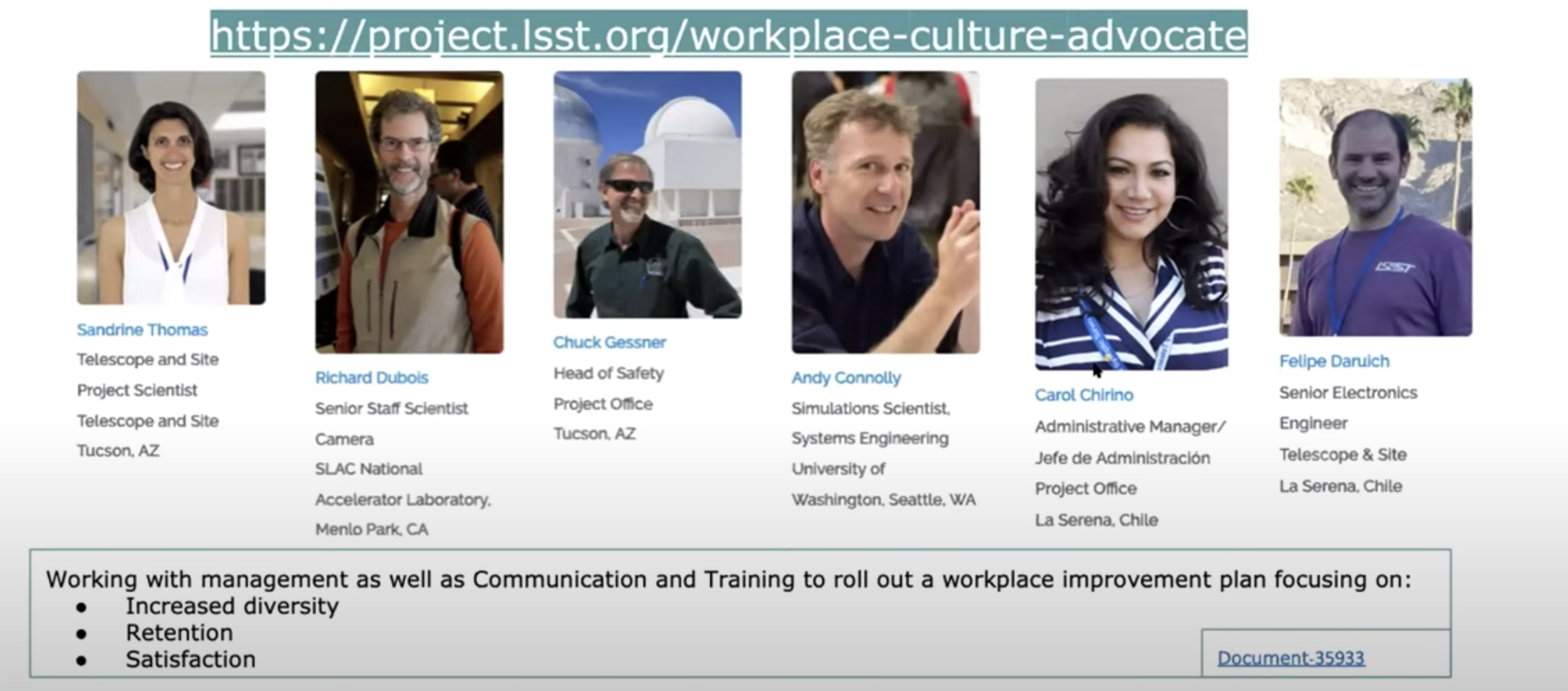
what's in a name?

The first ground-based national US observatory named after a woman, Dr. Vera C. Rubin
VRO
In the first 10 years of its life Rubin will conduct the Legacy Survey of Space and Time or LSST
federica bianco - fbianco@udel.edu
